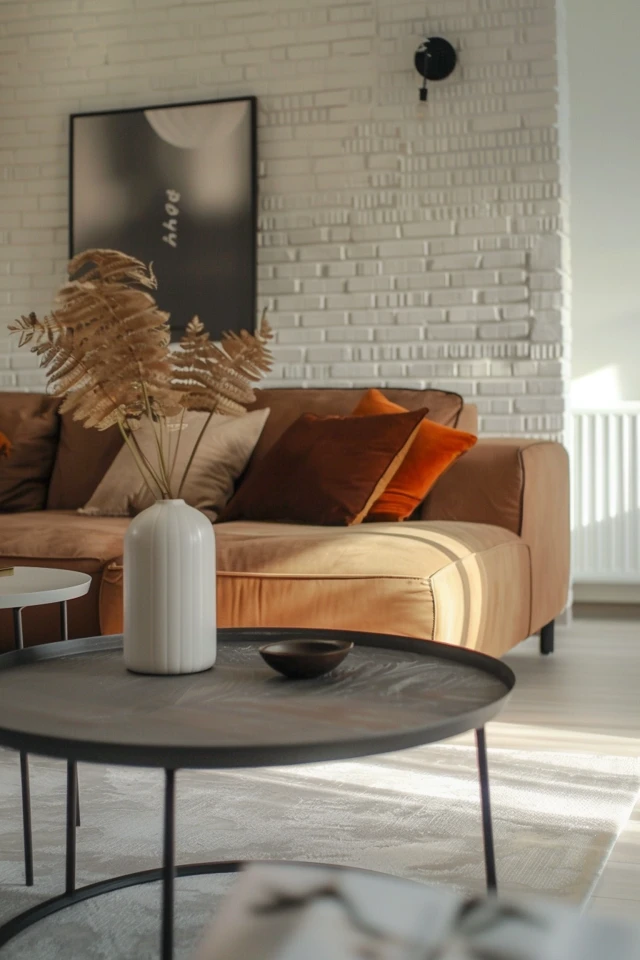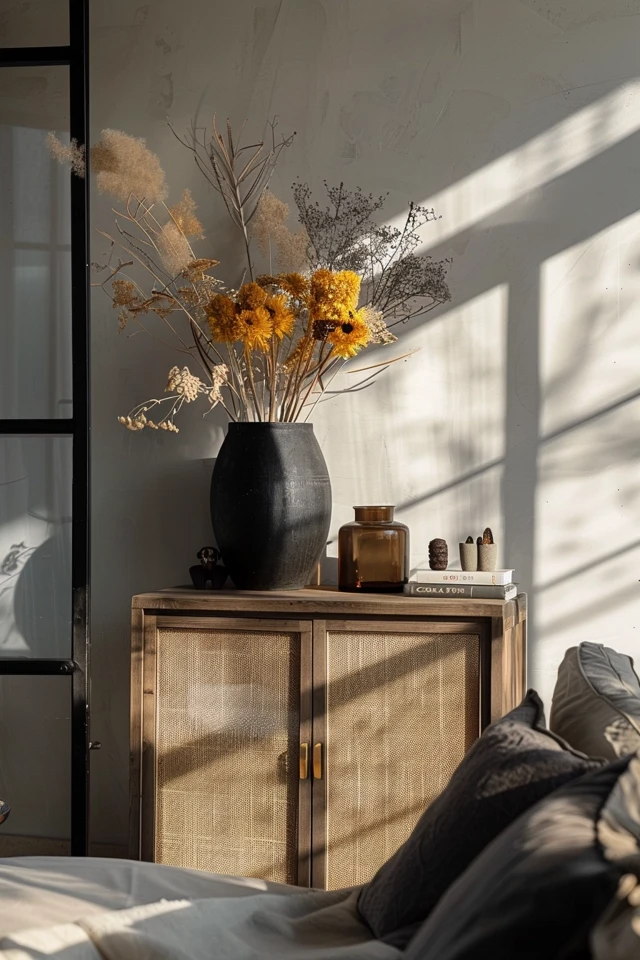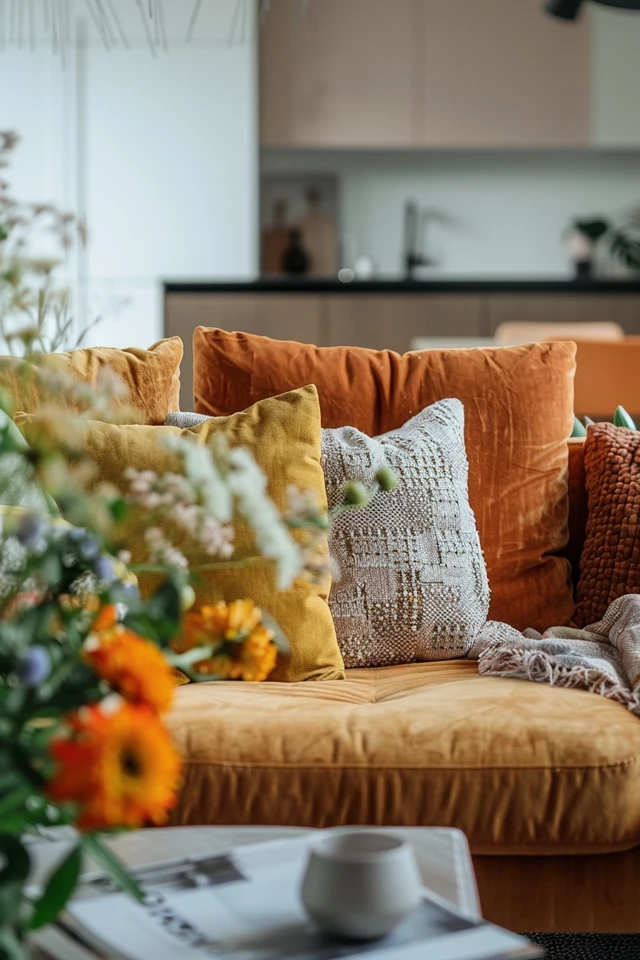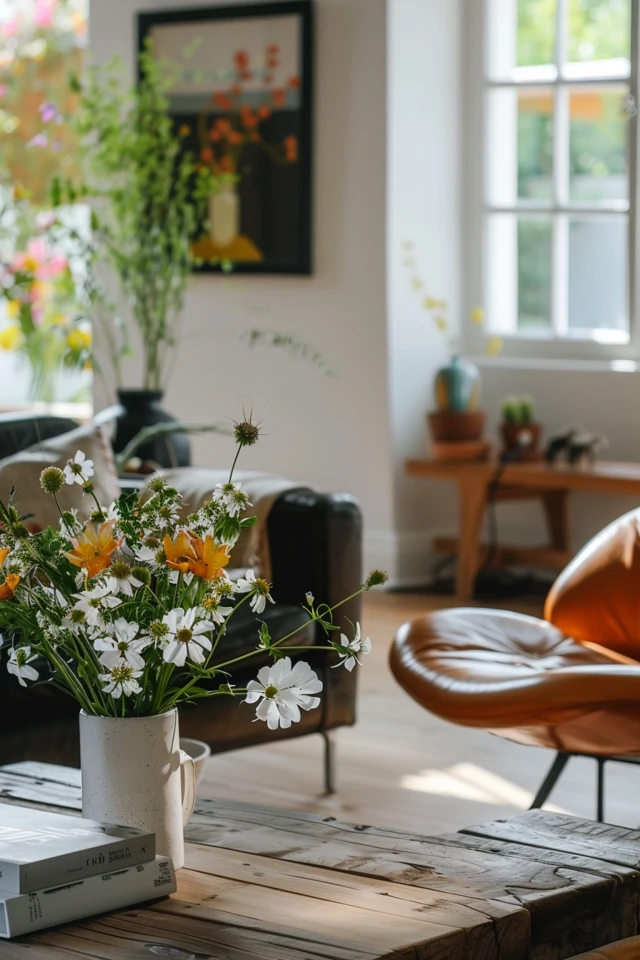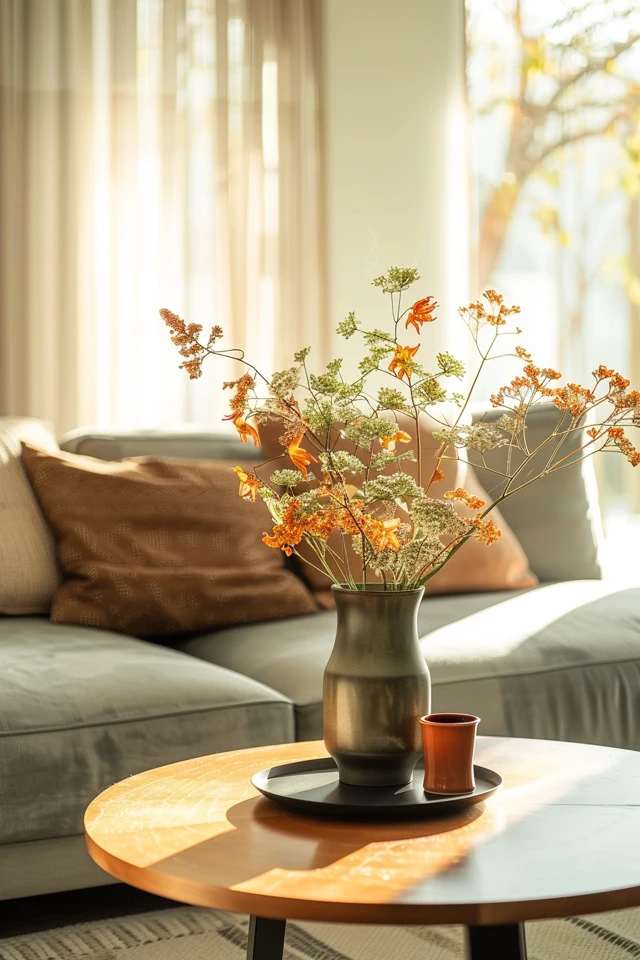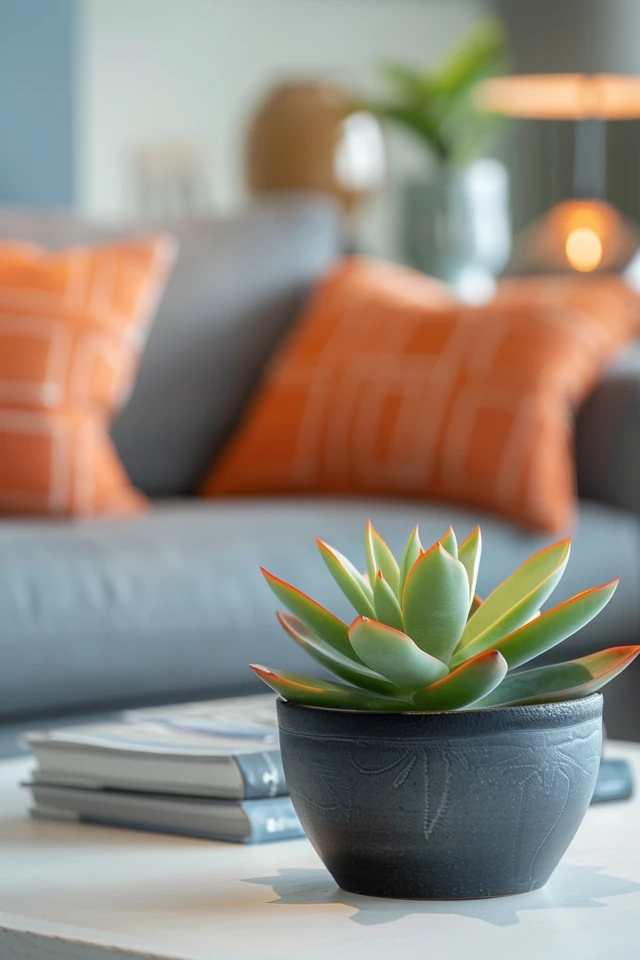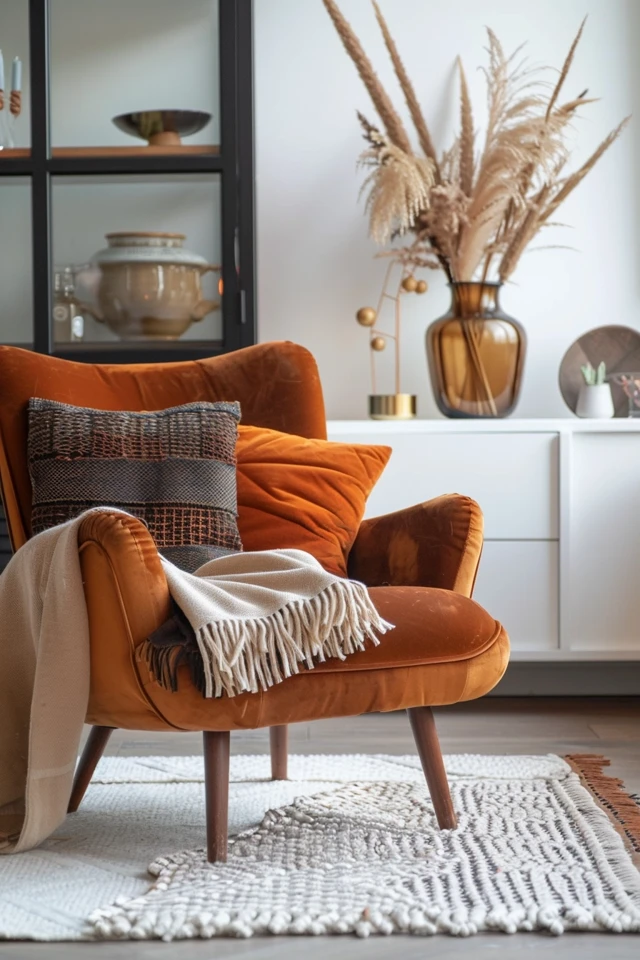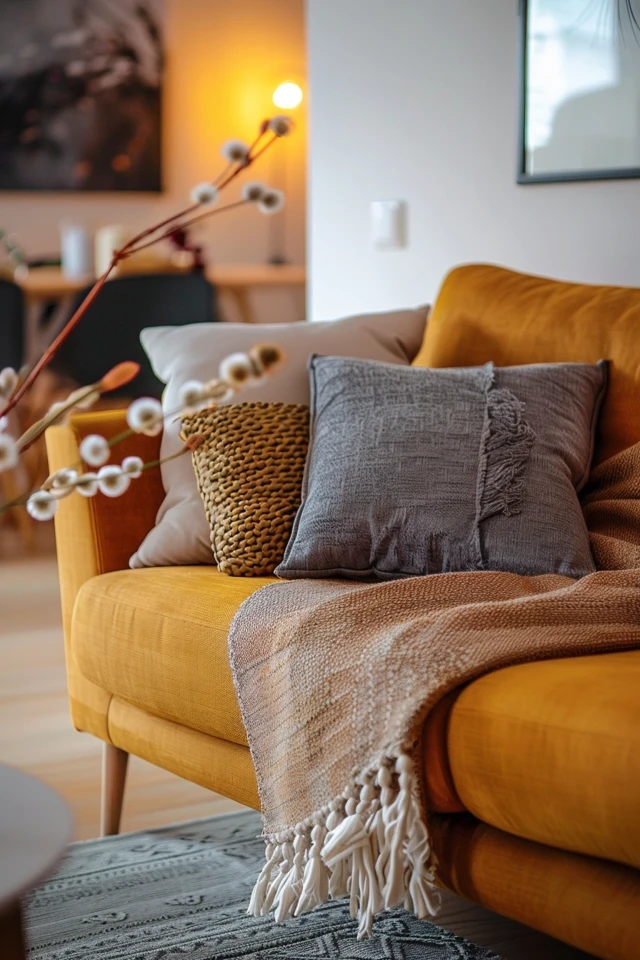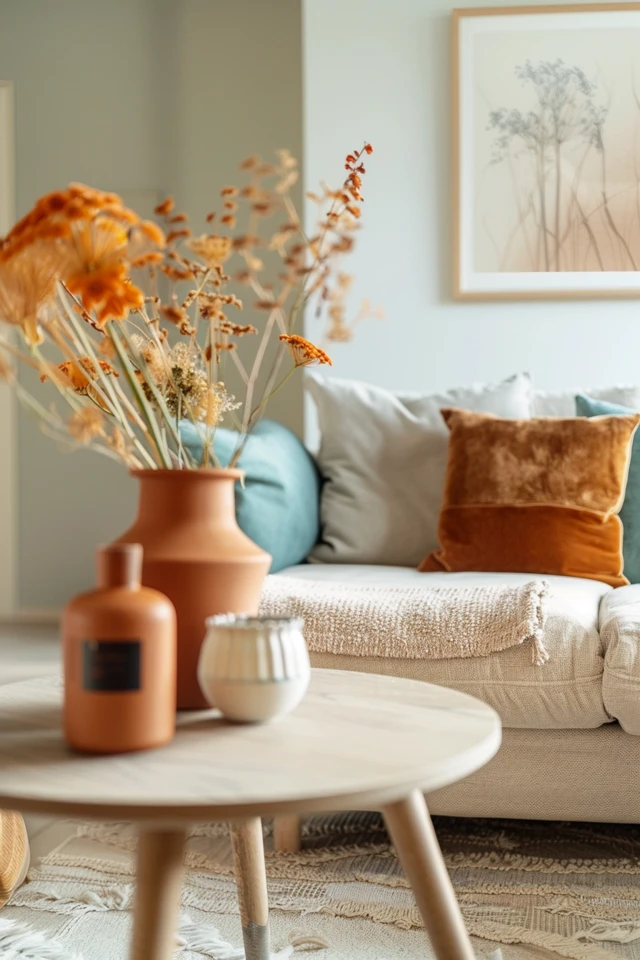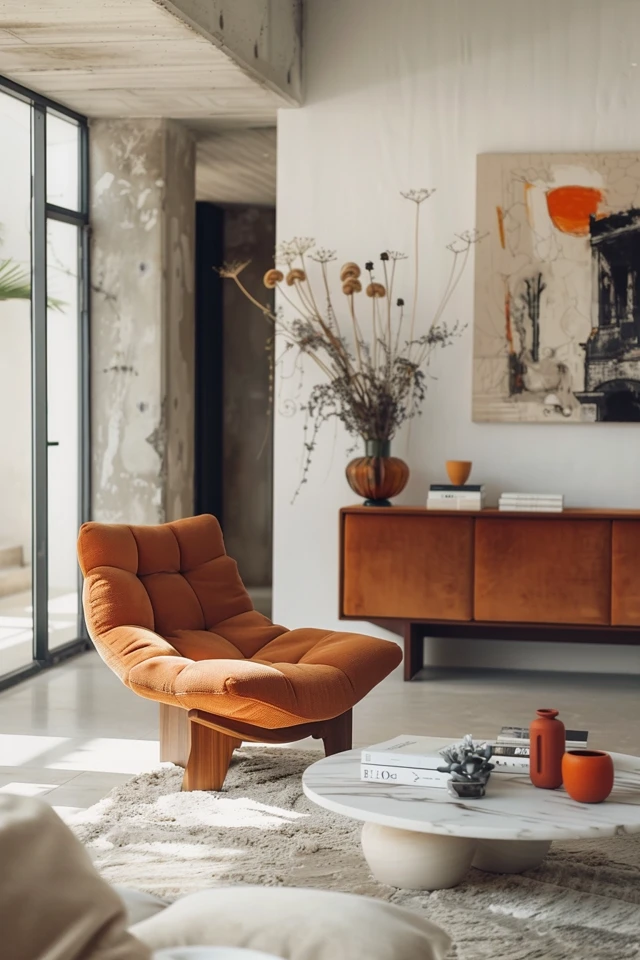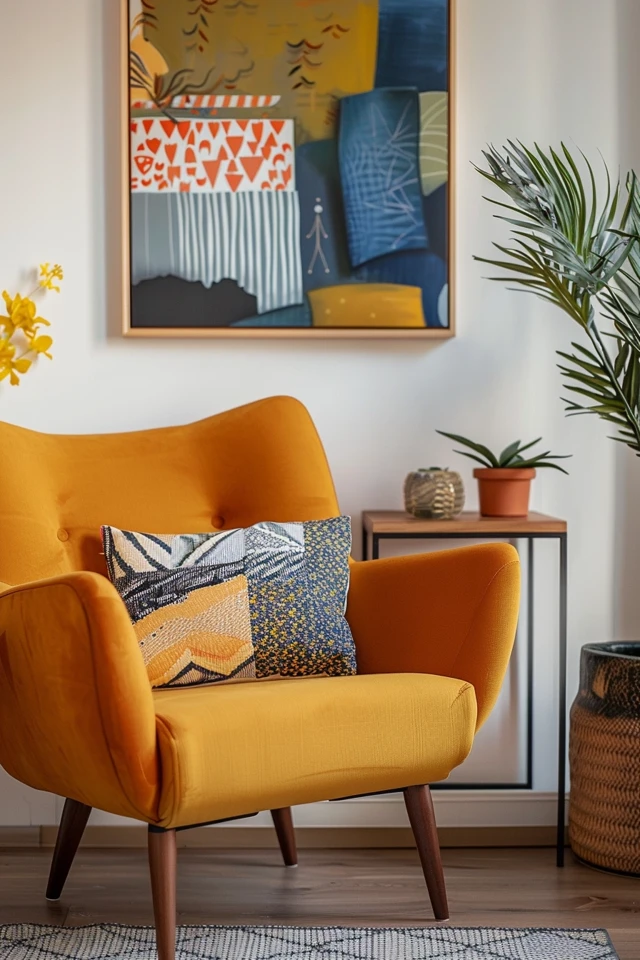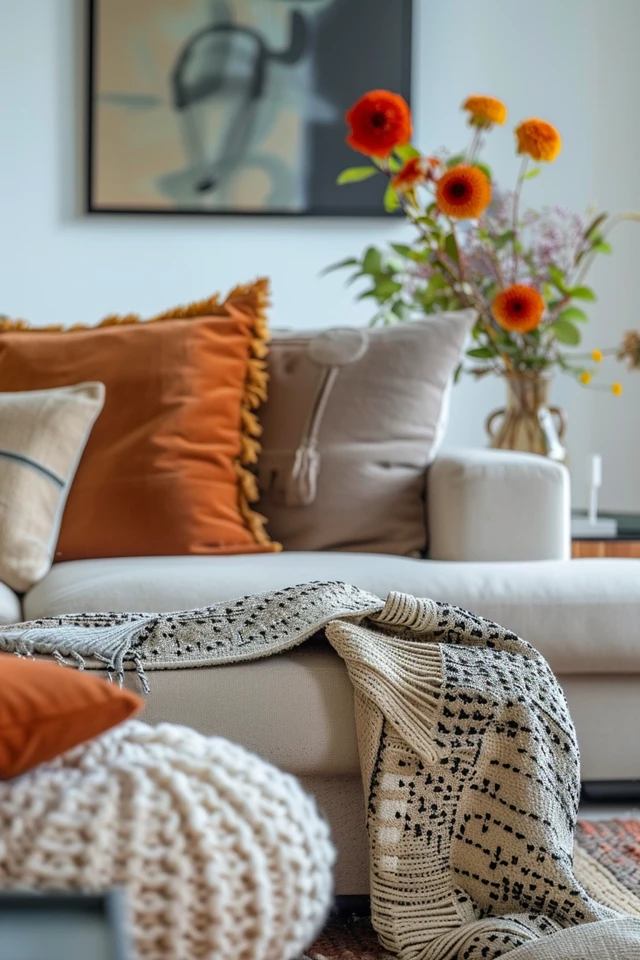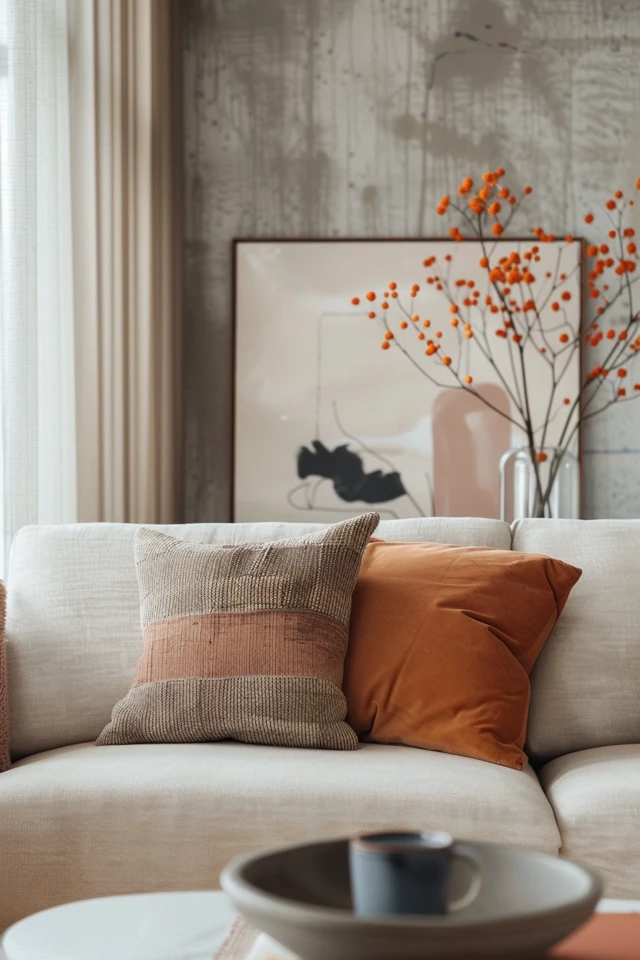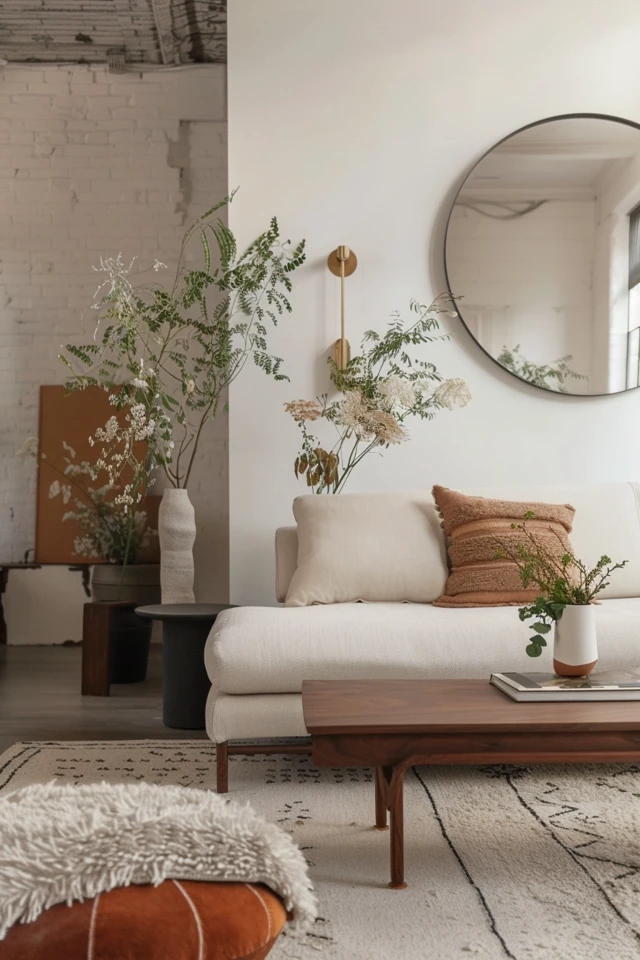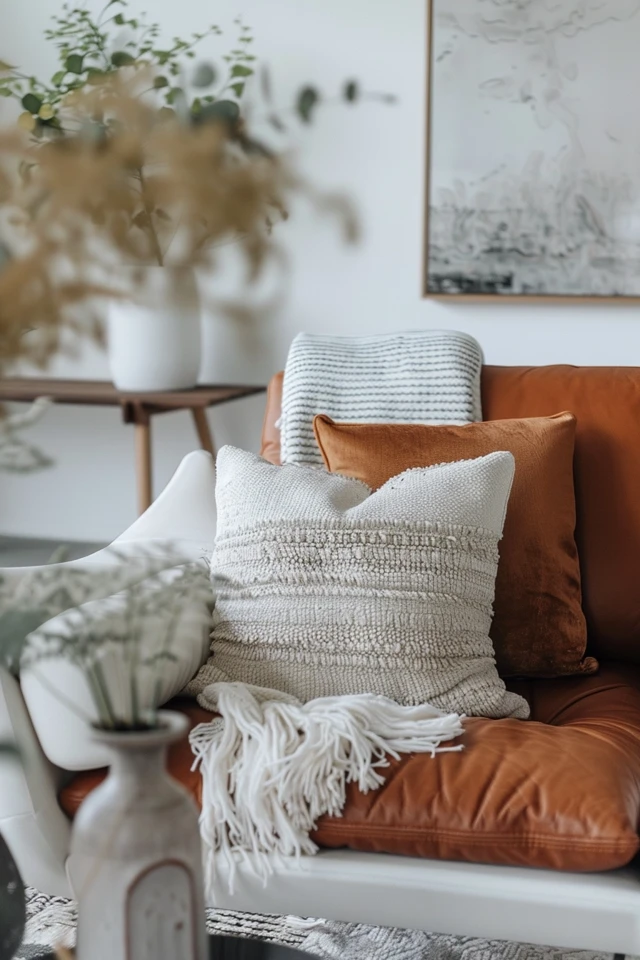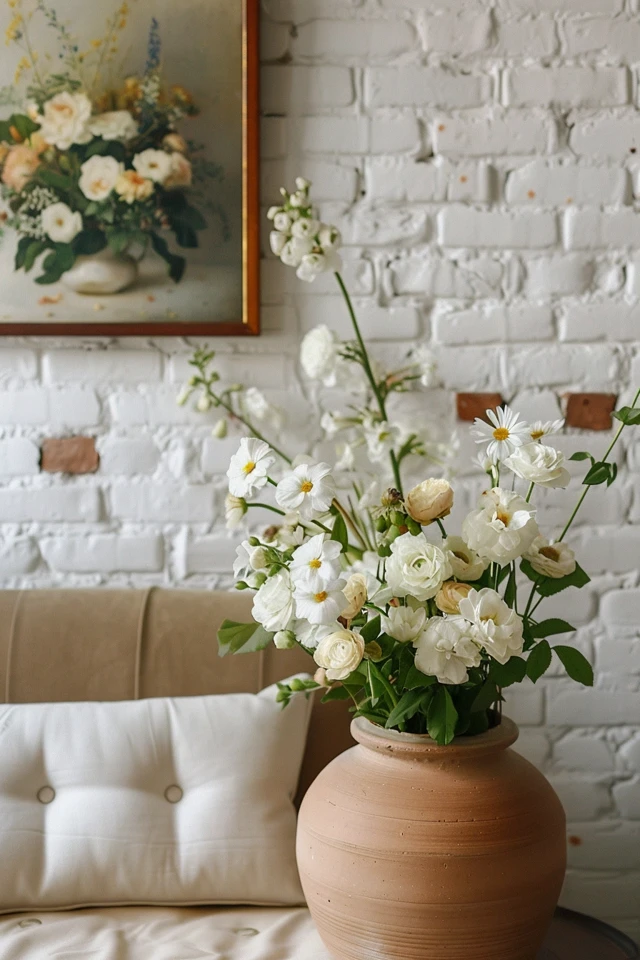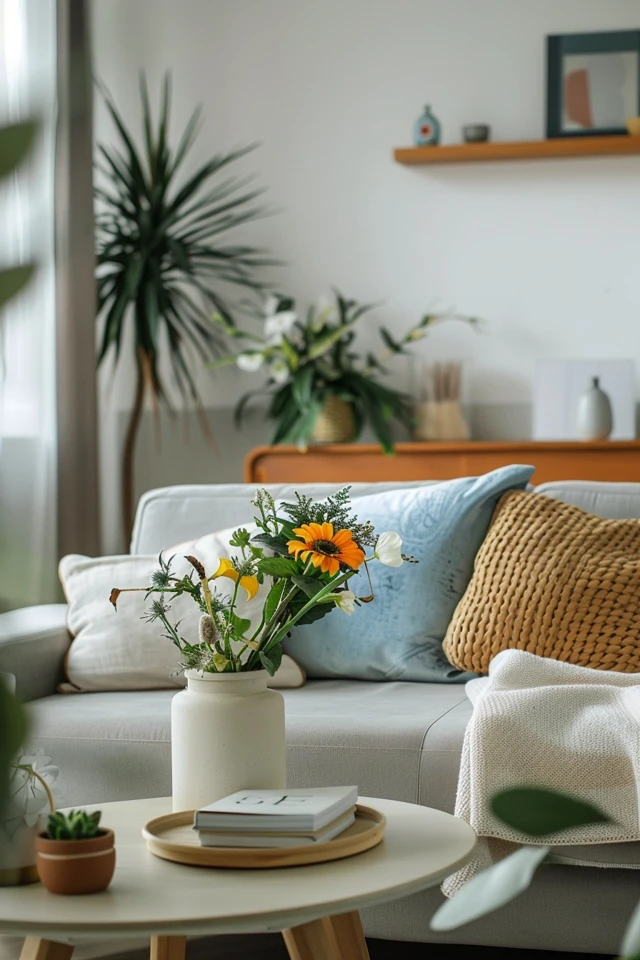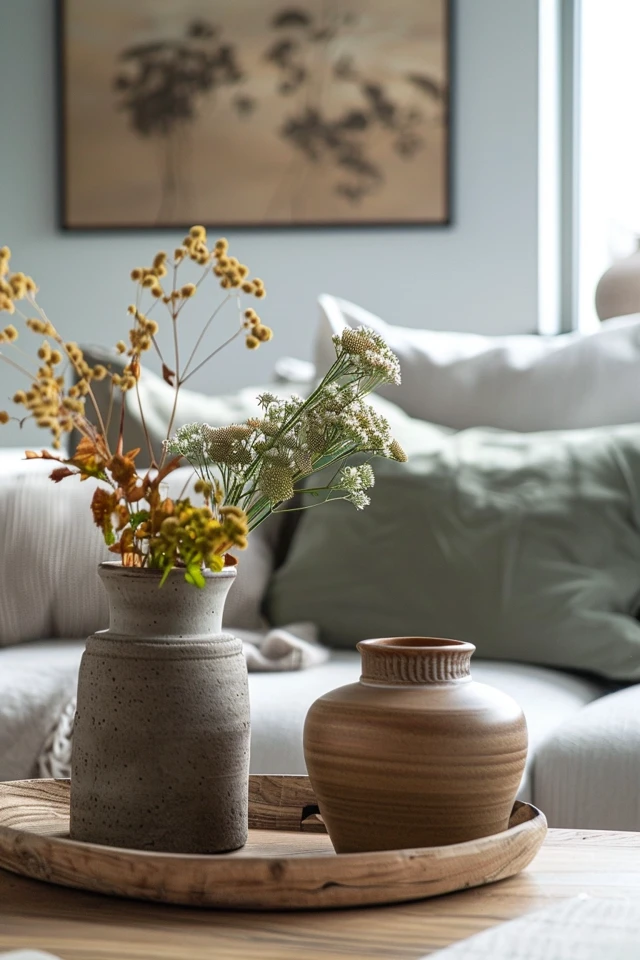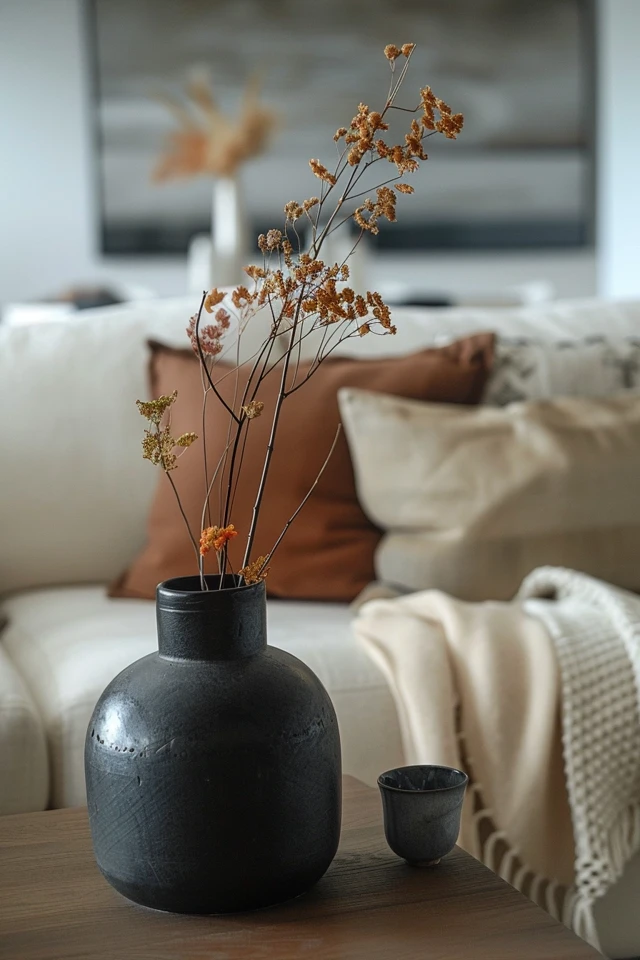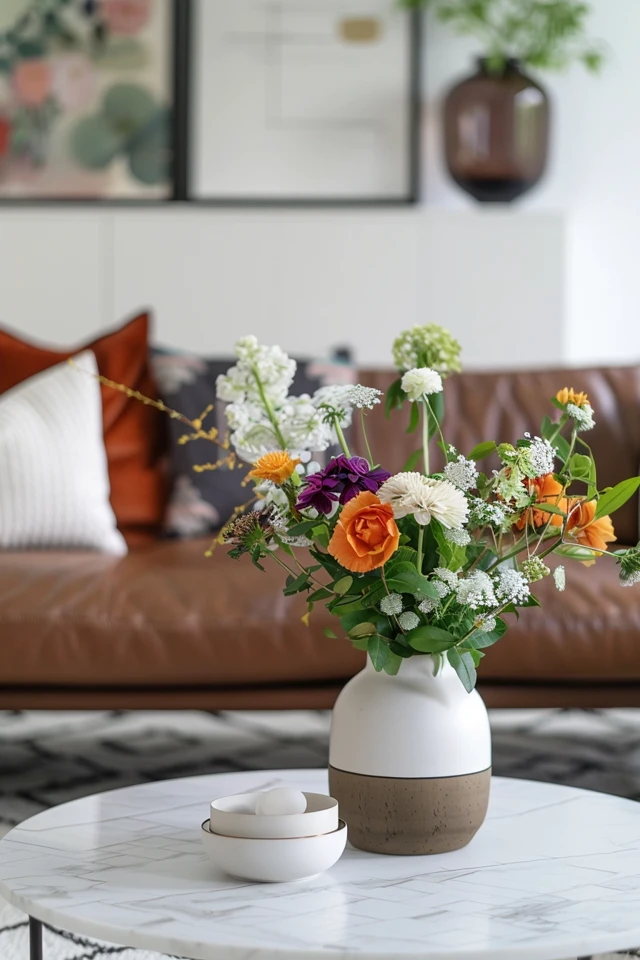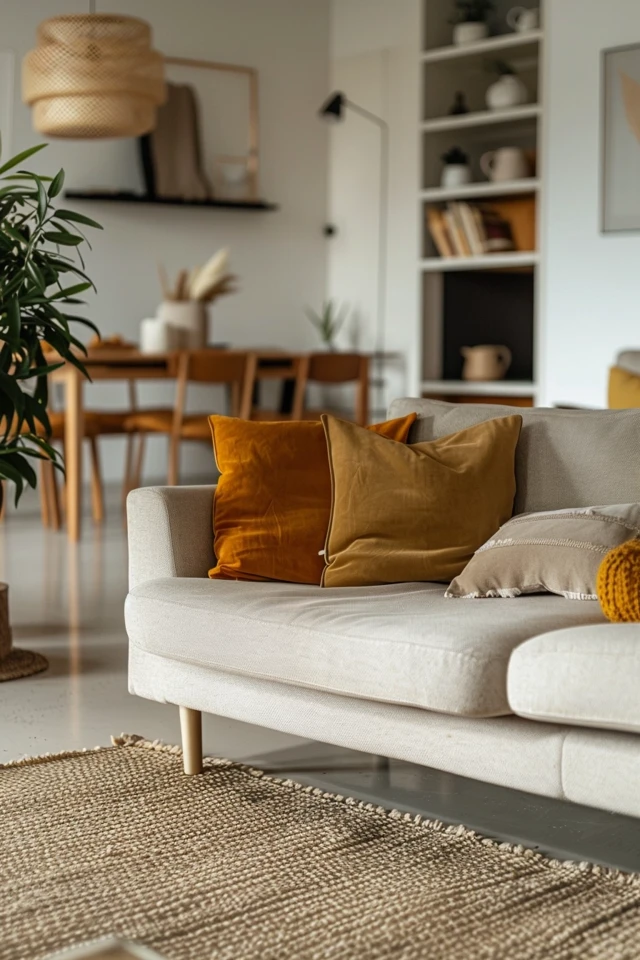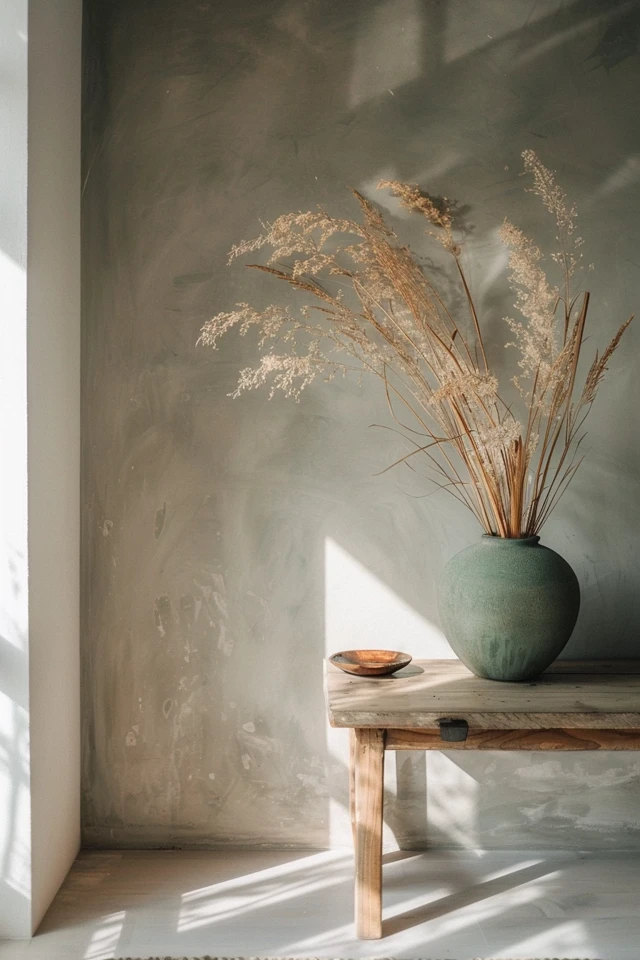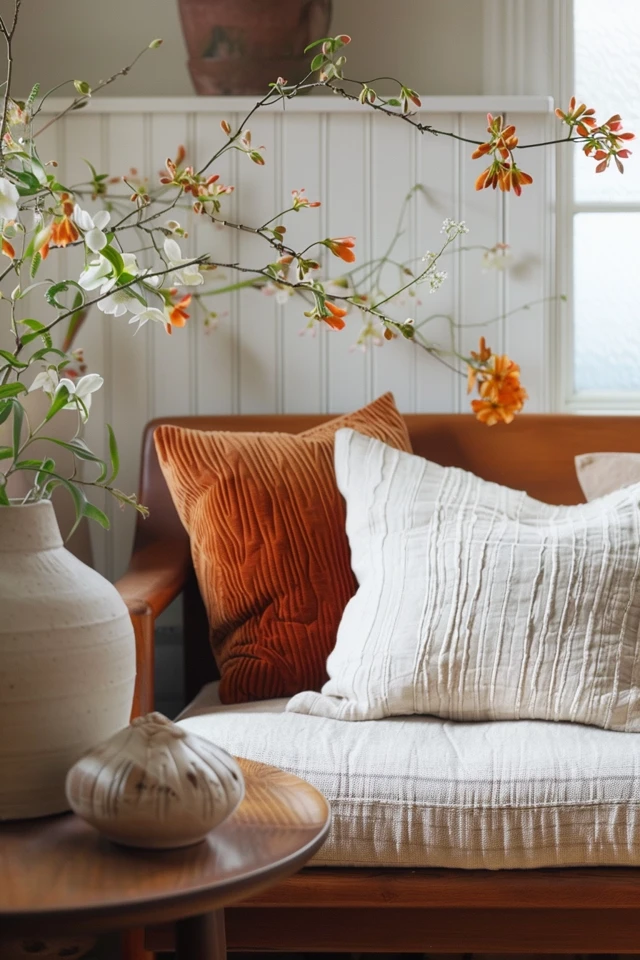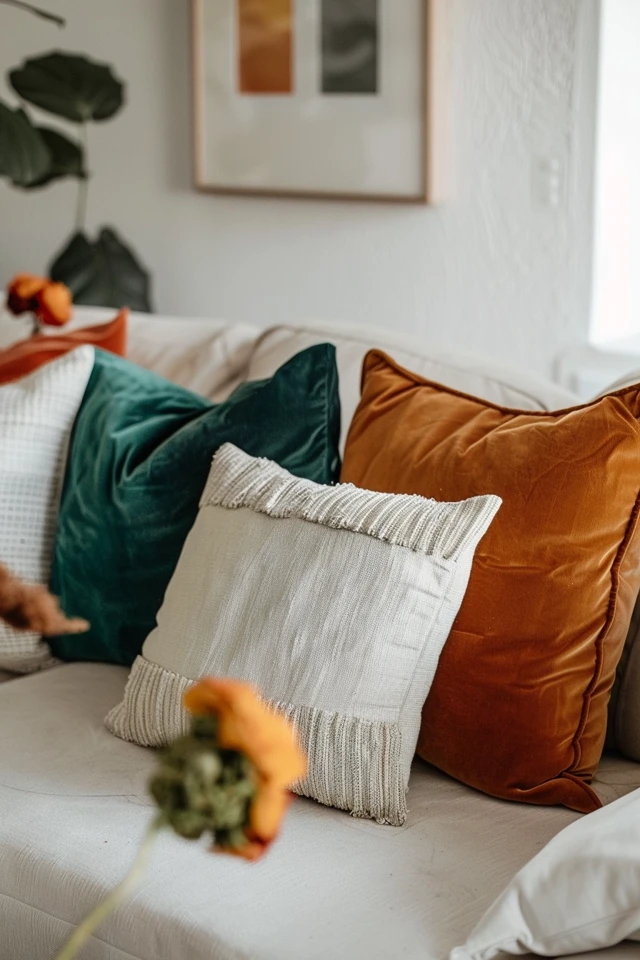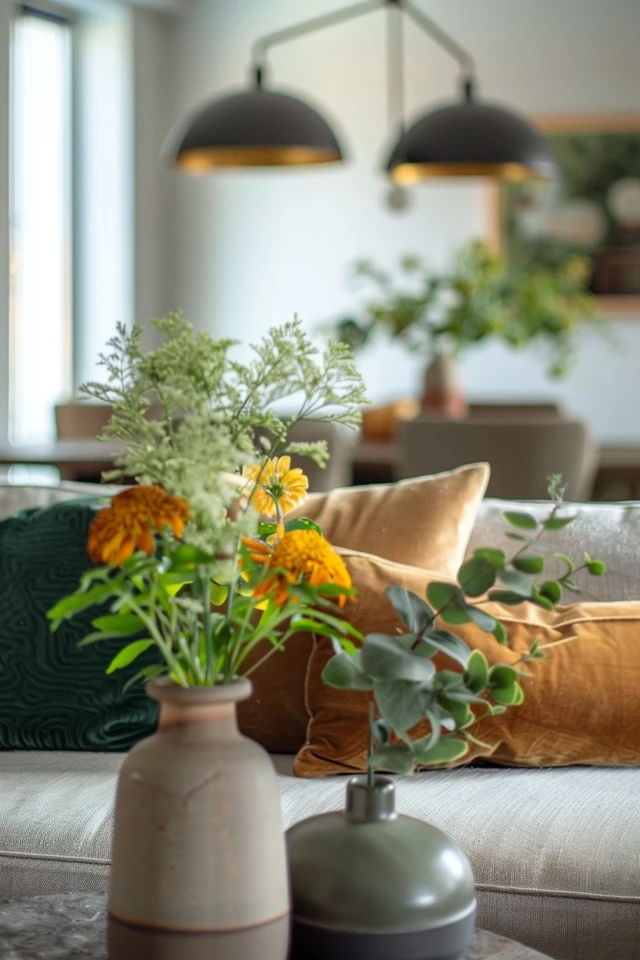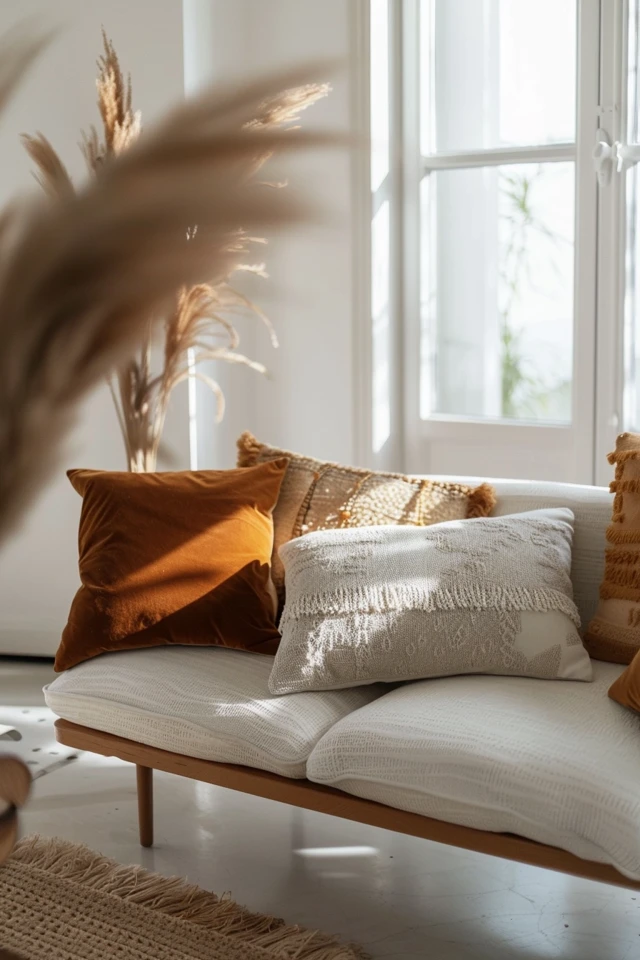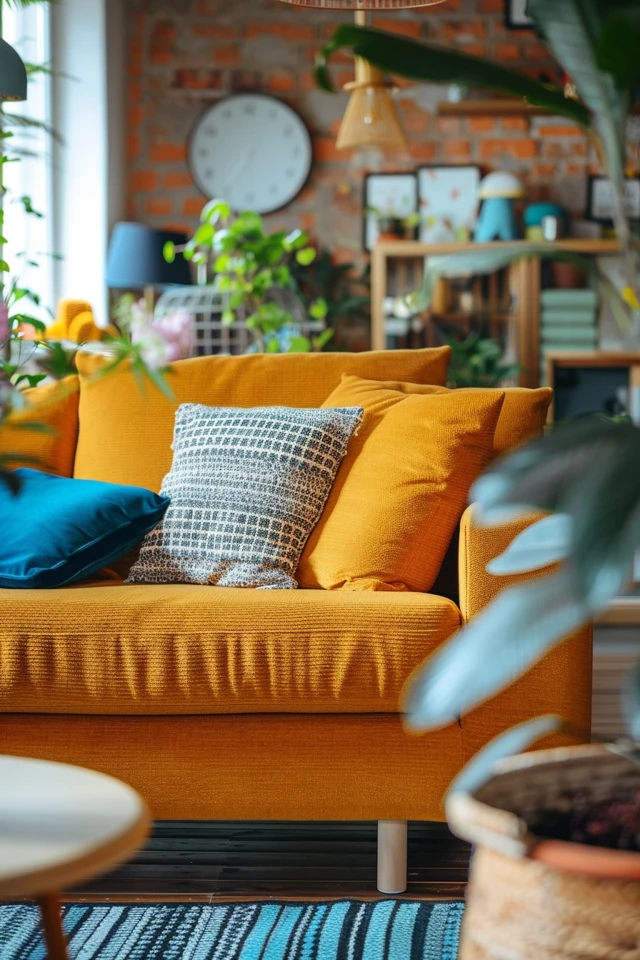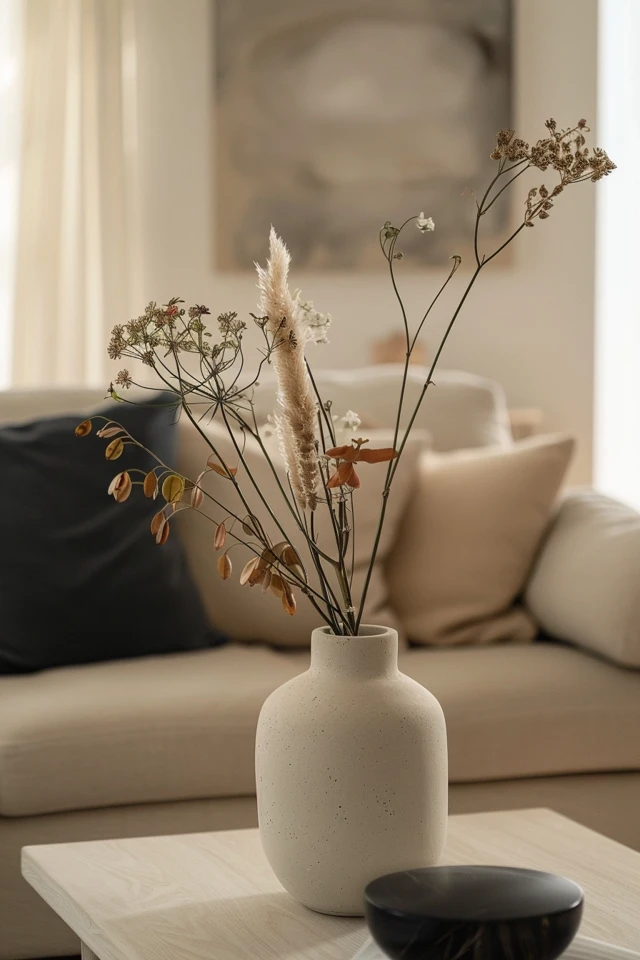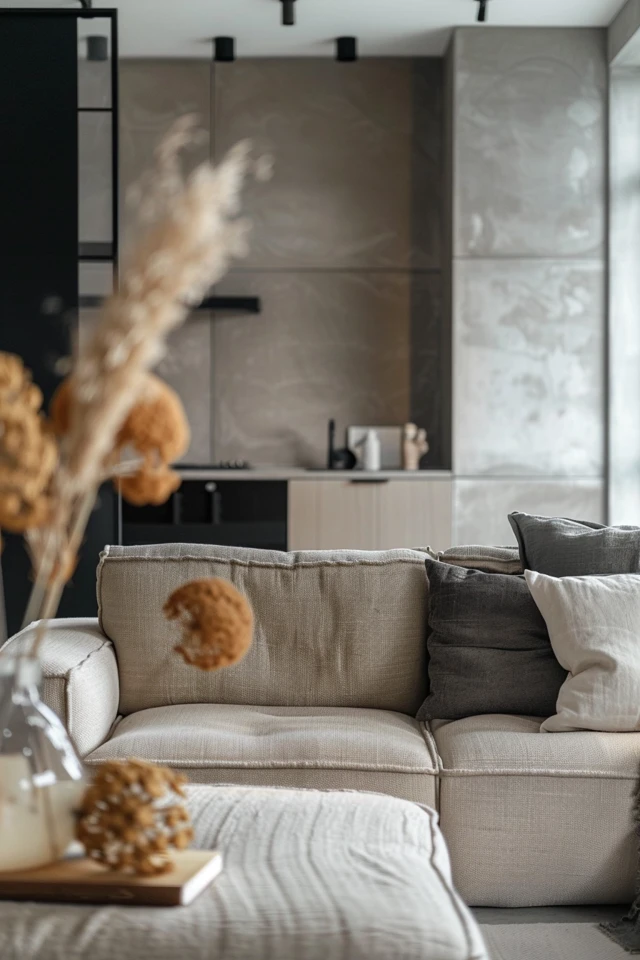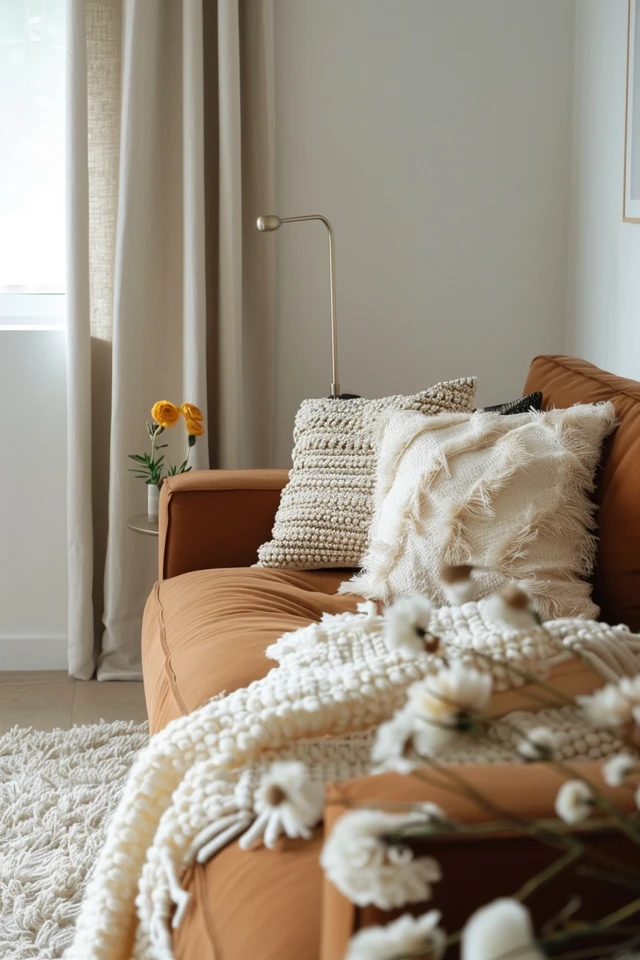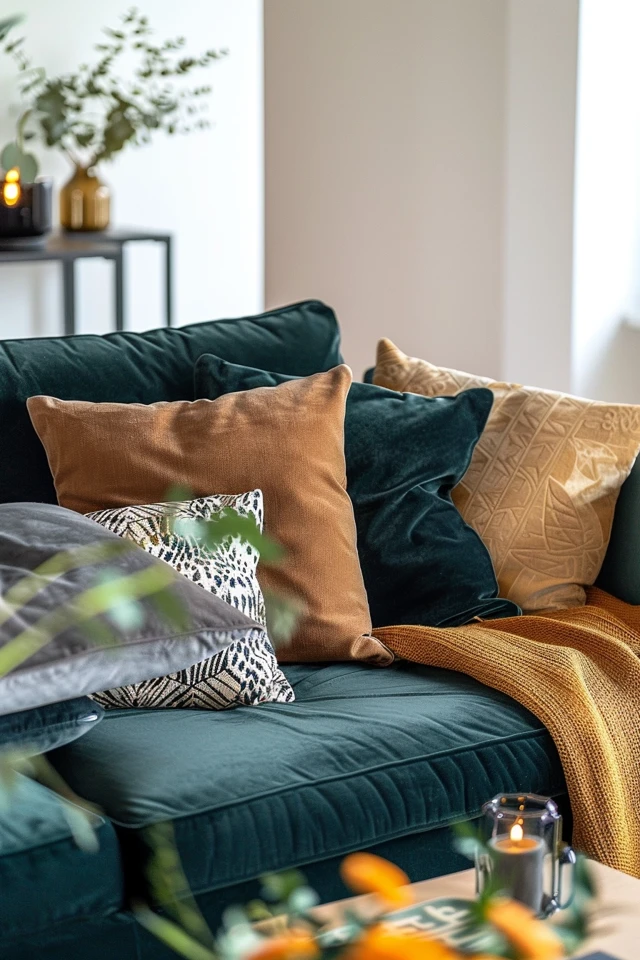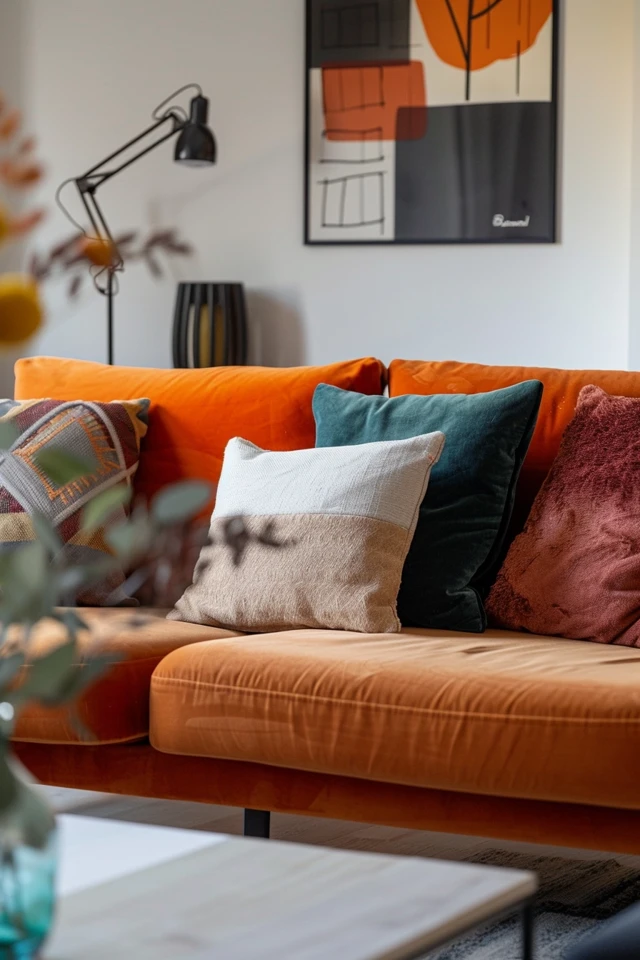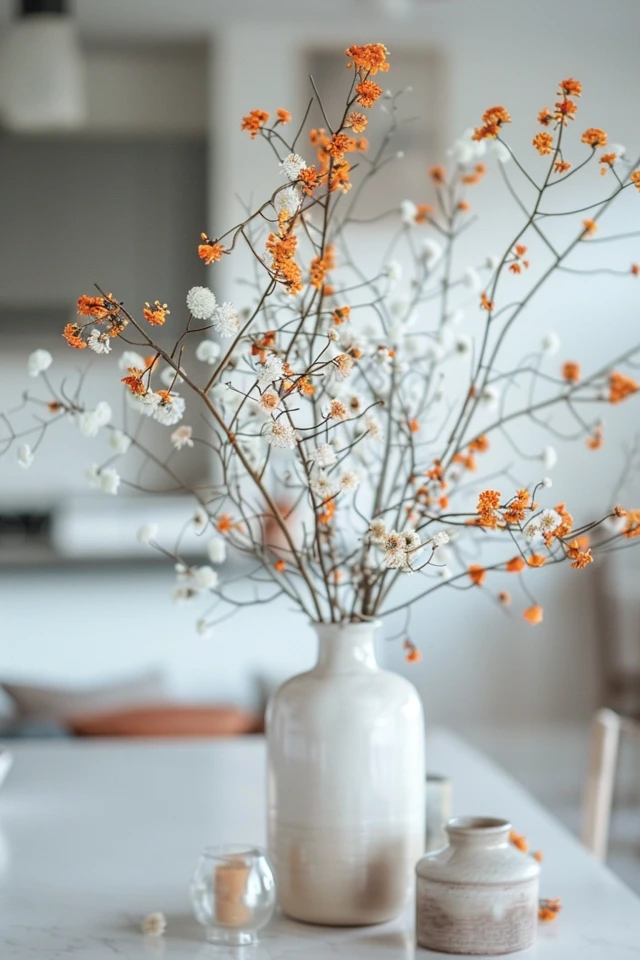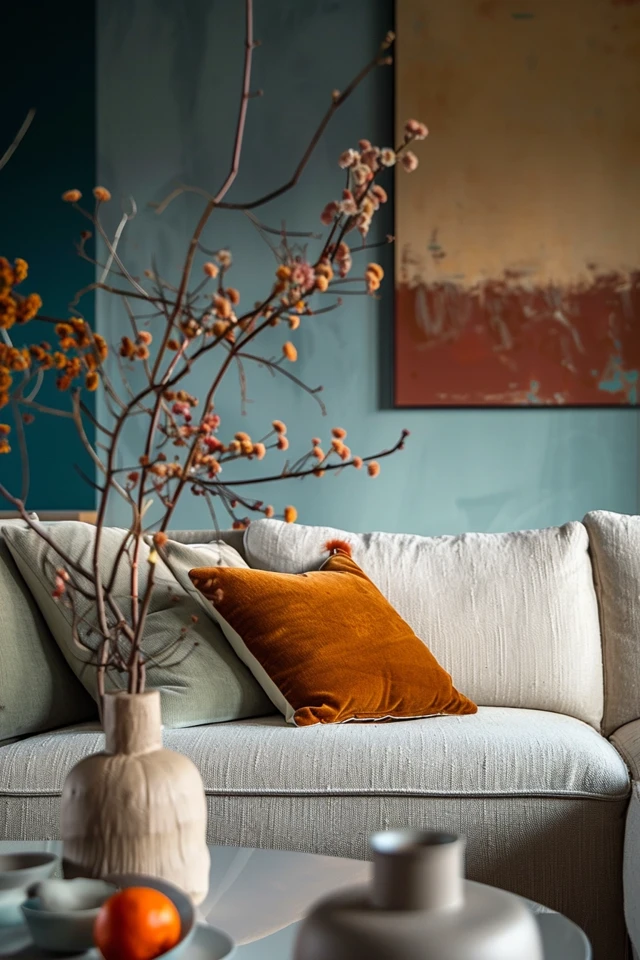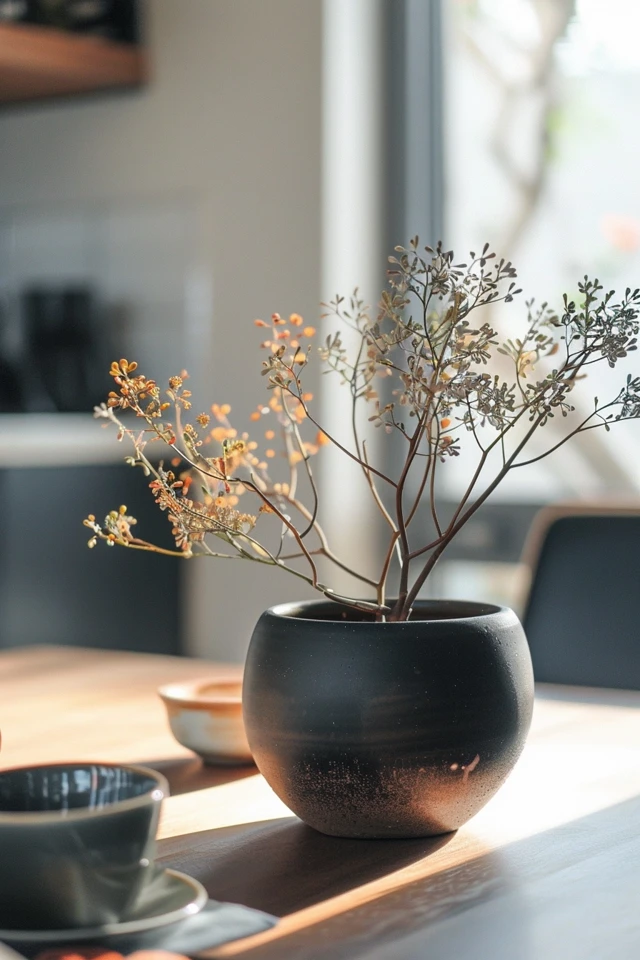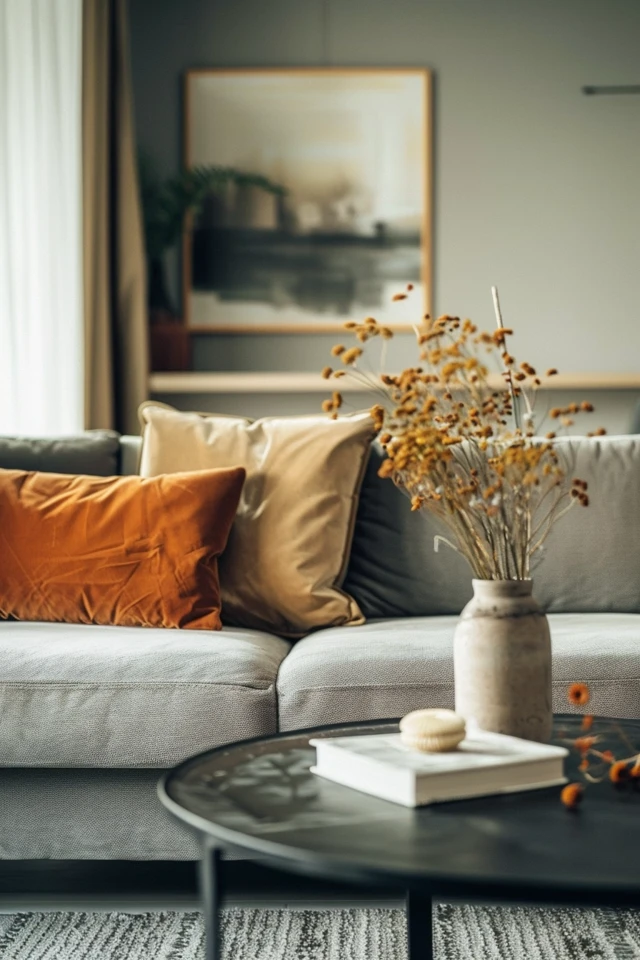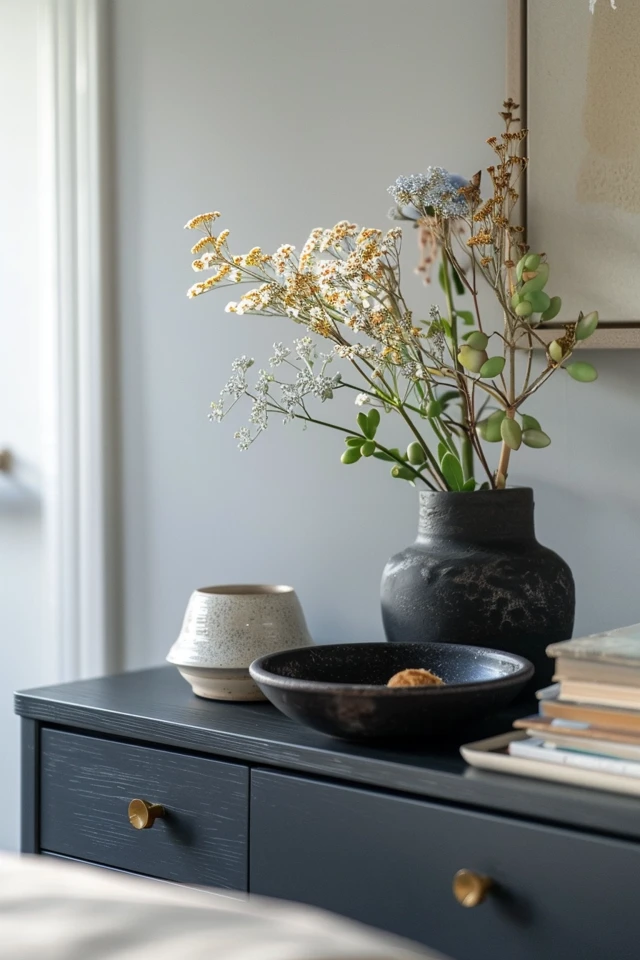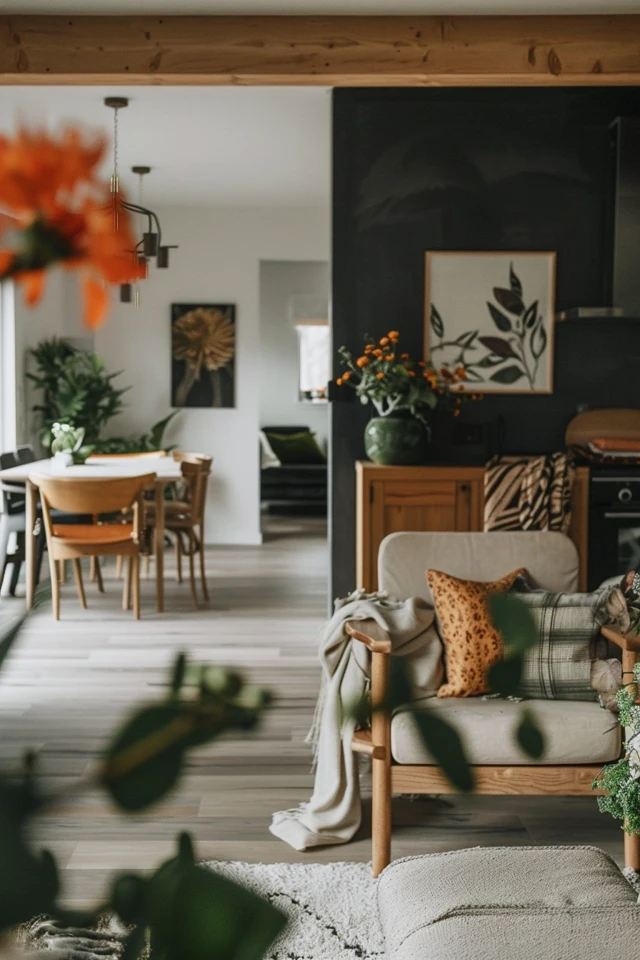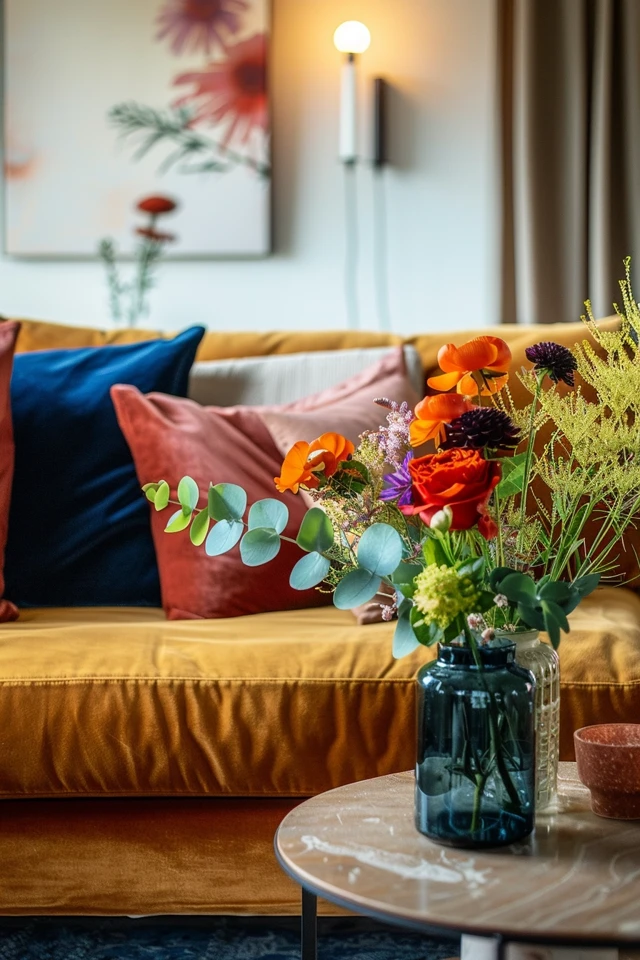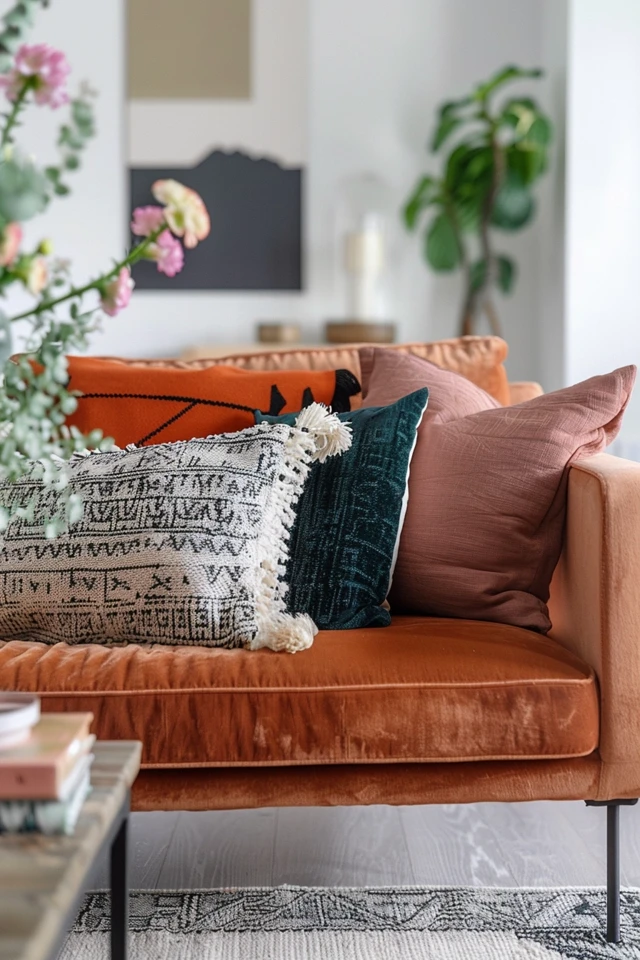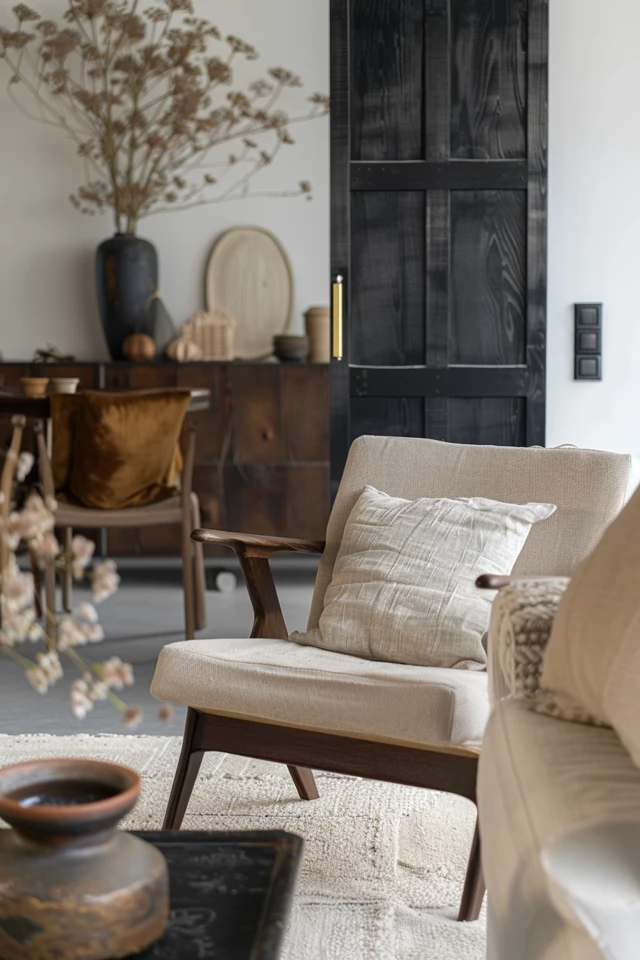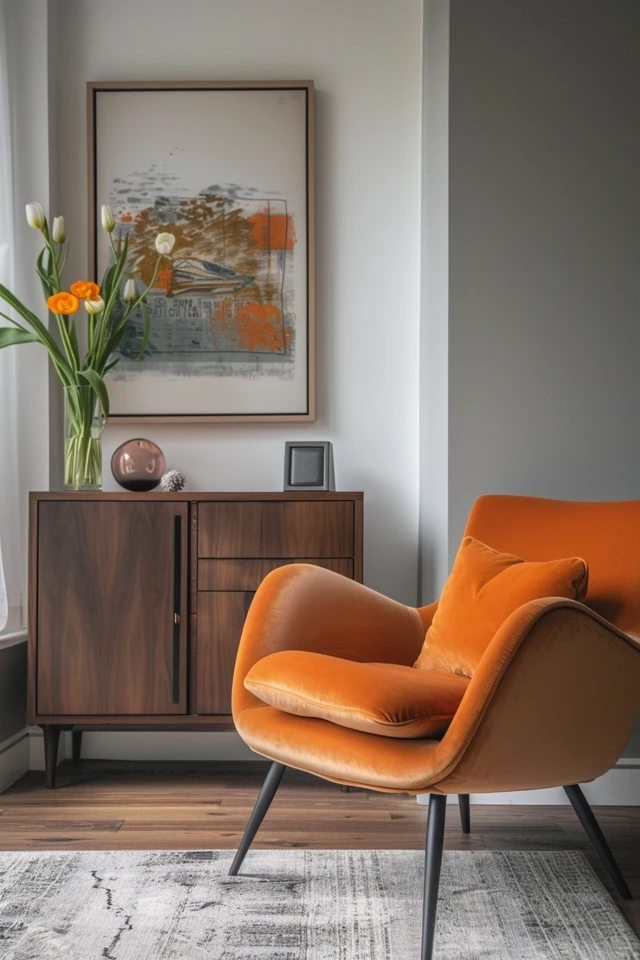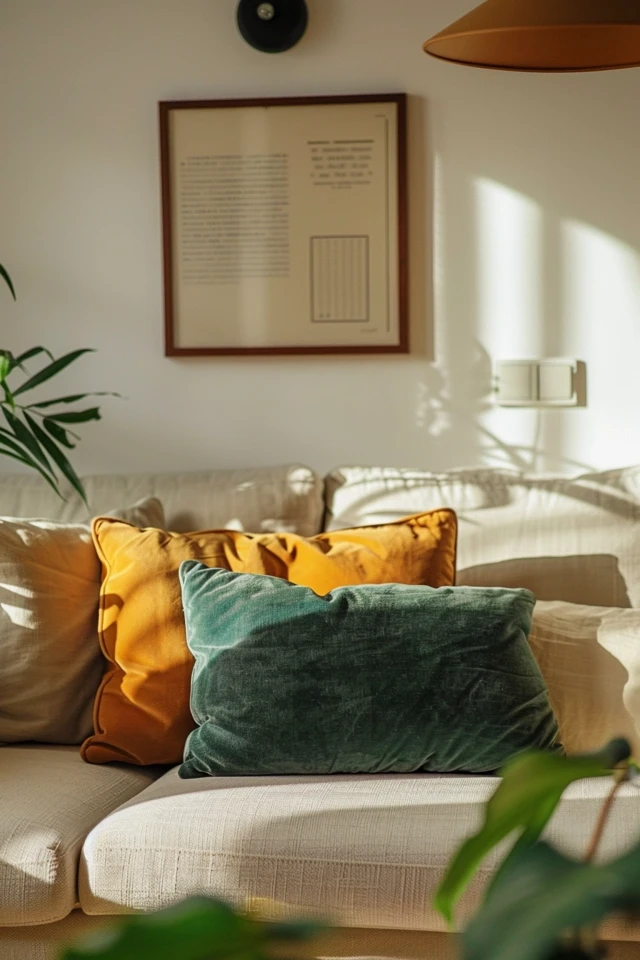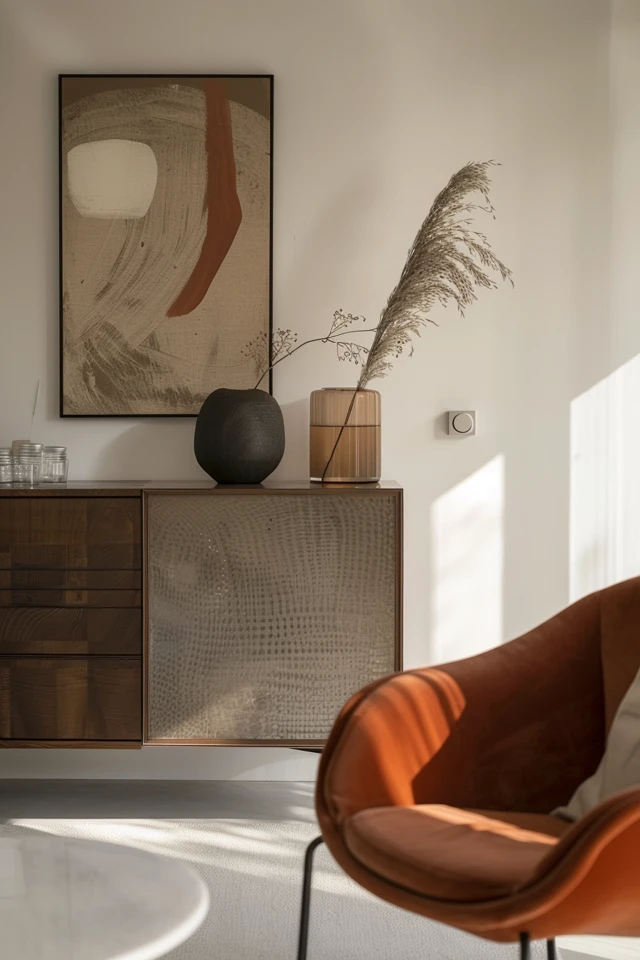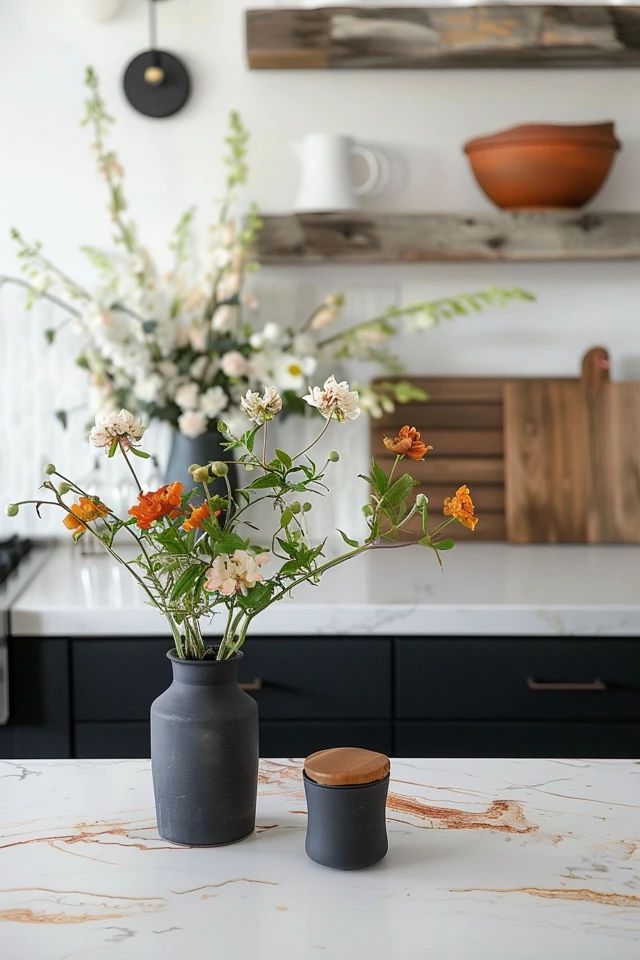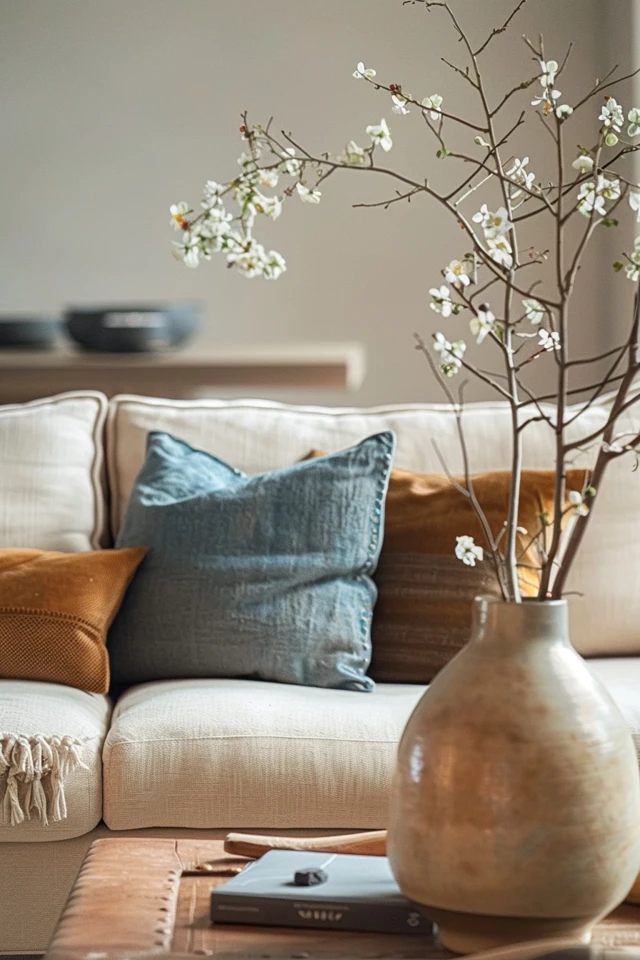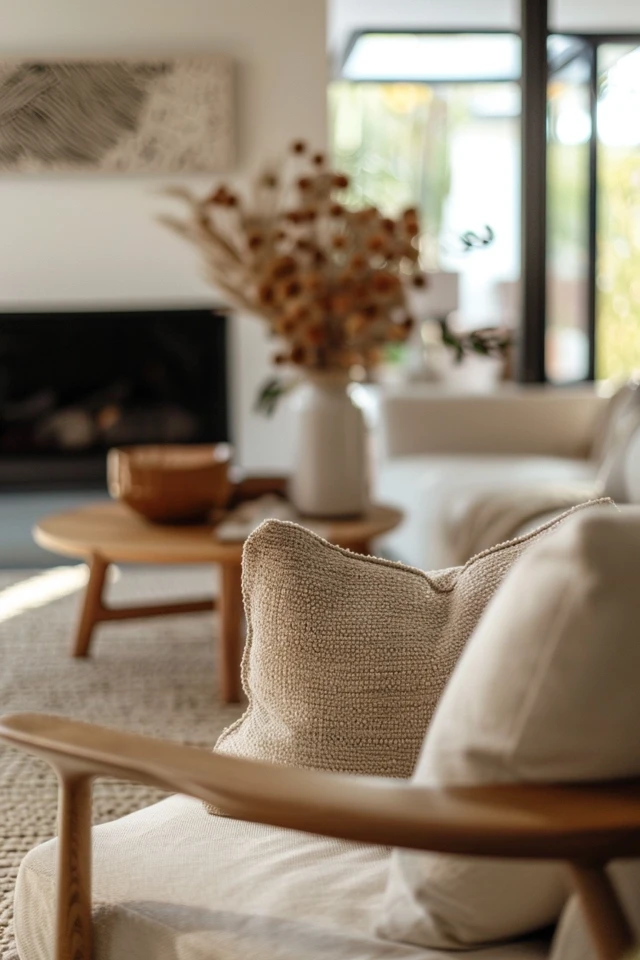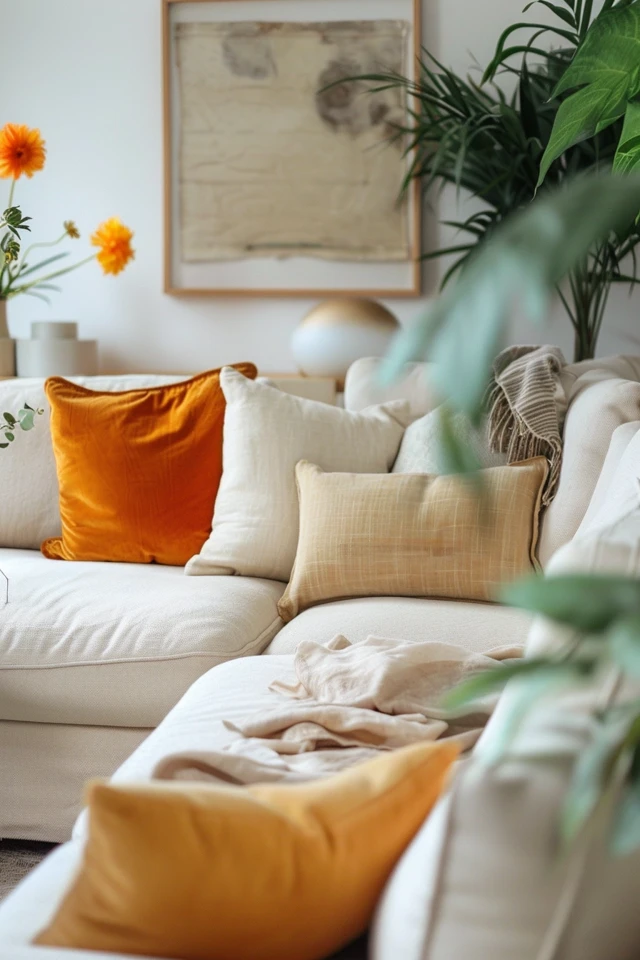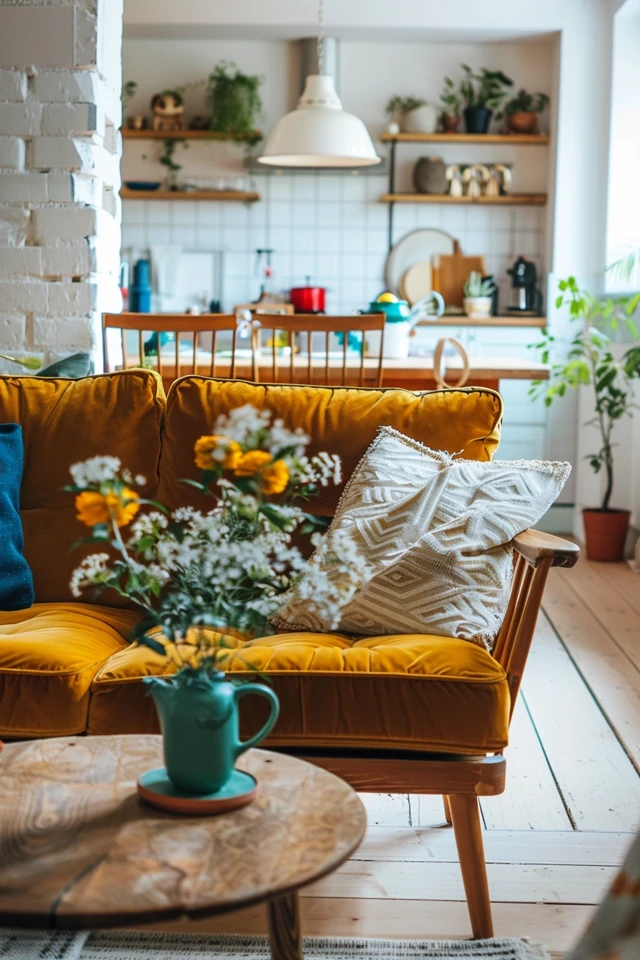Mixing and matching home decor styles can be a fun and creative way to personalize your space. It allows you to combine elements from different design aesthetics to create a unique and cohesive look that reflects your personality and taste. As an architect and interior designer with expertise in evidence-based design, I can guide you through the process of blending various decor styles to achieve a harmonious and stylish home.
The key to successfully mixing and matching decor styles is to find a balance between contrast and cohesion. By understanding the principles of design and applying them thoughtfully, you can create a space that feels eclectic yet well-coordinated. Whether you prefer a blend of modern and traditional, rustic and industrial, or bohemian and minimalist, these tips will help you achieve a professional-looking mix of styles.
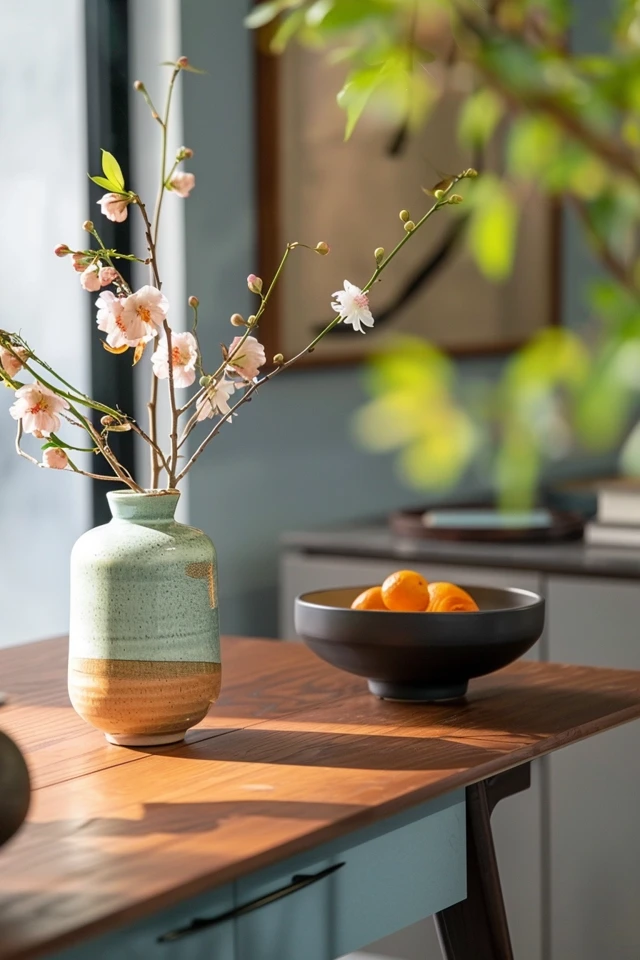
In this blog post, we will explore various strategies for mixing and matching home decor styles like a pro. These tips are designed to inspire and provide practical guidance as you embark on your decorating journey. Let’s dive into the world of eclectic decor and transform your home into a stylish and personalized haven.
Key Takeaways
- Start with a neutral base to create a cohesive foundation.
- Choose a dominant style and incorporate elements from other styles.
- Use color and pattern to tie different styles together.
- Mix different materials and textures to add depth and interest.
- Balance proportions and scale to ensure harmony in the space.
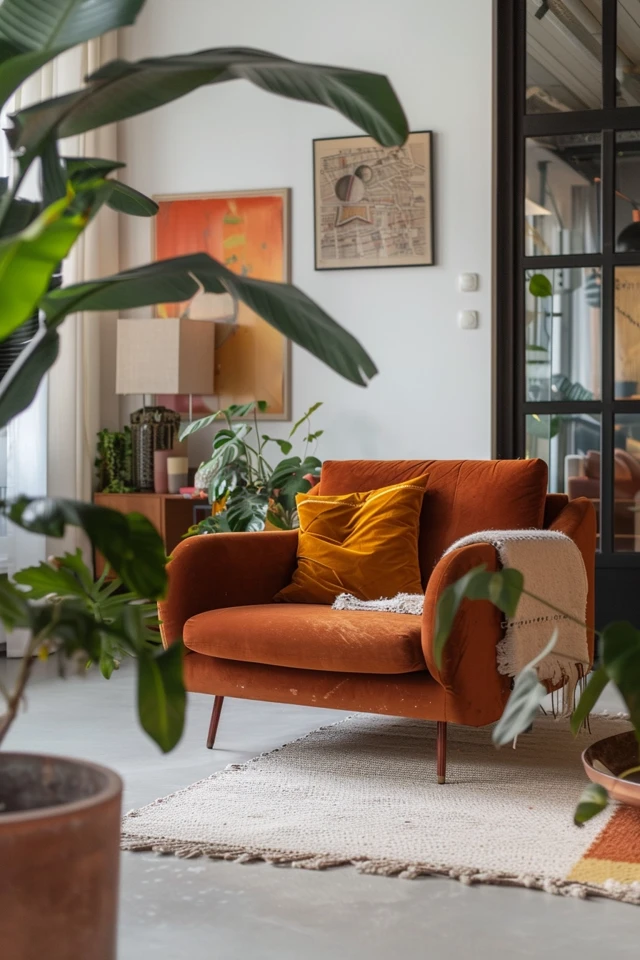
1. Start with a Neutral Base
Starting with a neutral base is a great way to create a cohesive foundation for mixing and matching different decor styles. Neutral colors such as white, beige, gray, and taupe provide a versatile backdrop that can accommodate a variety of design elements. These colors create a calming and balanced environment, allowing other colors, patterns, and textures to stand out.
Evidence-based design supports the use of neutral colors to create a harmonious and flexible space. When your walls, floors, and larger furniture pieces are neutral, it becomes easier to introduce elements from different styles without overwhelming the room. Neutral tones also help to create a sense of continuity and flow throughout your home.
To add visual interest, incorporate different shades and tones of your chosen neutral color. This can create depth and dimension while maintaining a cohesive look. Once you have a neutral base, you can layer in other colors, patterns, and textures to bring your eclectic decor vision to life.
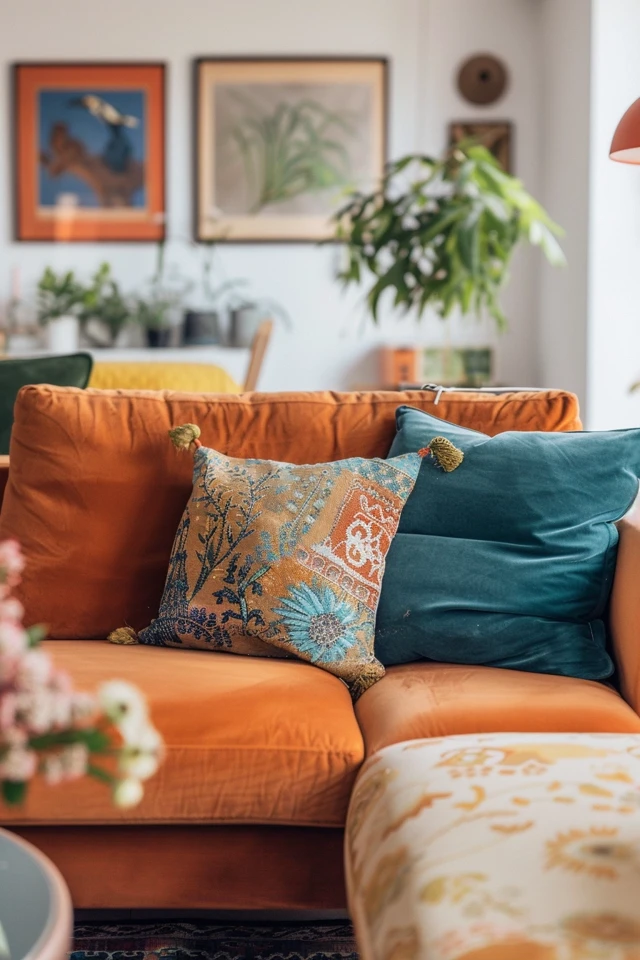
2. Choose a Dominant Style
Choosing a dominant style as the foundation of your decor can help guide your design choices and ensure a cohesive look. The dominant style will set the overall tone and theme of the space, while elements from other styles can be incorporated as accents. This approach helps to prevent the room from feeling disjointed or chaotic.
Evidence-based design emphasizes the importance of a clear design direction to create a balanced and harmonious environment. For example, if you prefer a modern style, you can incorporate sleek furniture, clean lines, and minimalist decor as the dominant elements. Then, introduce accents from other styles, such as vintage accessories, rustic textures, or bohemian patterns.
By establishing a dominant style, you create a sense of unity and structure. This allows you to experiment with different design elements while maintaining a cohesive overall look. Be selective with your accents to ensure they complement rather than compete with the dominant style.
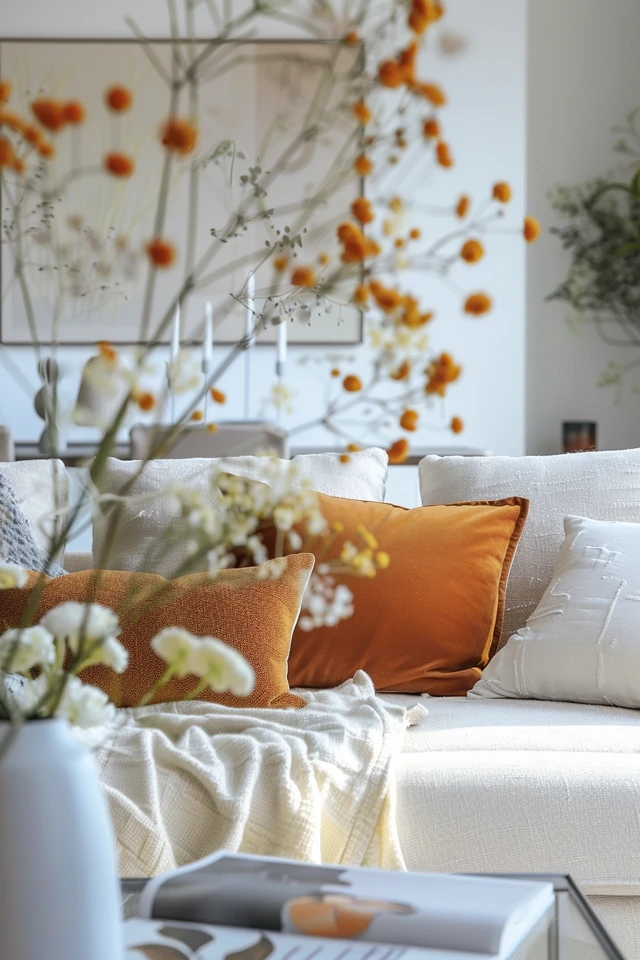
3. Use Color and Pattern to Tie Different Styles Together
Color and pattern play a crucial role in tying different decor styles together. A well-coordinated color palette can create a sense of harmony and continuity, even when incorporating diverse design elements. Choose a color scheme that includes a mix of neutral and accent colors, and use these colors consistently throughout the space.
Evidence-based design highlights the impact of color on mood and perception. When mixing styles, select a few key colors that can be found in various elements, such as furniture, textiles, and accessories. This will create a cohesive look and help to unify the different styles. Patterns can also be used to bridge the gap between styles. For example, a geometric rug can complement both modern and traditional furniture, while a floral print can add a touch of whimsy to a minimalist space.
When combining patterns, consider their scale and complexity. Mix large-scale patterns with smaller ones to create balance and avoid visual clutter. Stick to a consistent color palette to ensure the patterns work well together and enhance the overall design.
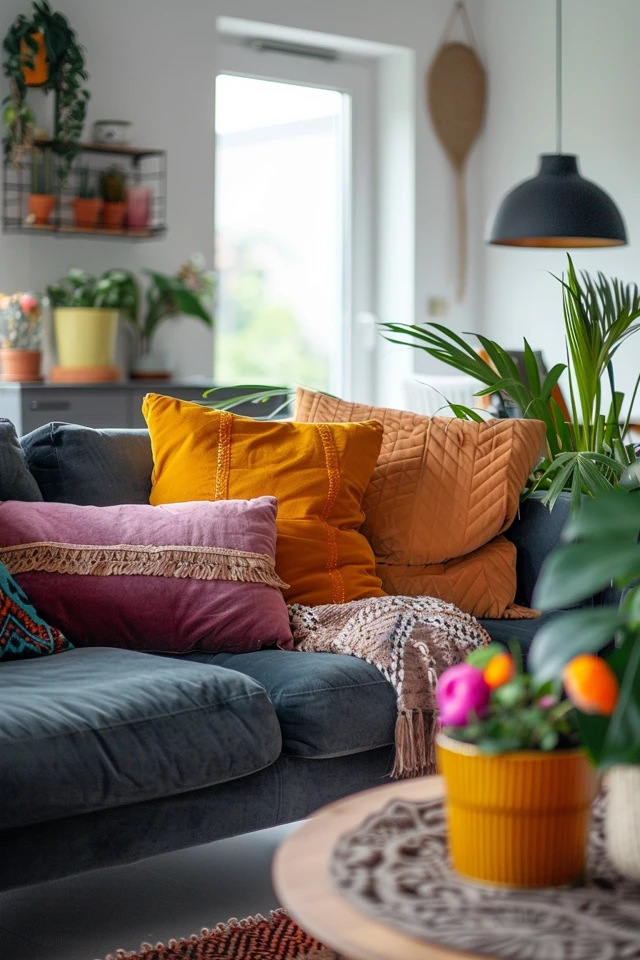
4. Mix Different Materials and Textures
Mixing different materials and textures is an effective way to add depth and interest to your decor. Combining elements like wood, metal, glass, and fabric can create a dynamic and layered look. This approach allows you to incorporate various styles while adding richness and complexity to the space.
Evidence-based design supports the use of diverse materials and textures to create a multisensory experience. For example, a rustic wooden coffee table can add warmth and character to a sleek modern living room, while a plush velvet sofa can introduce a touch of luxury to an industrial space. Mixing materials like metal and glass can add a contemporary edge to a traditional setting.
When mixing materials, consider their visual and tactile qualities. Pair smooth and shiny surfaces with rough and matte finishes to create contrast and balance. This interplay of textures can make your space feel more inviting and visually appealing.
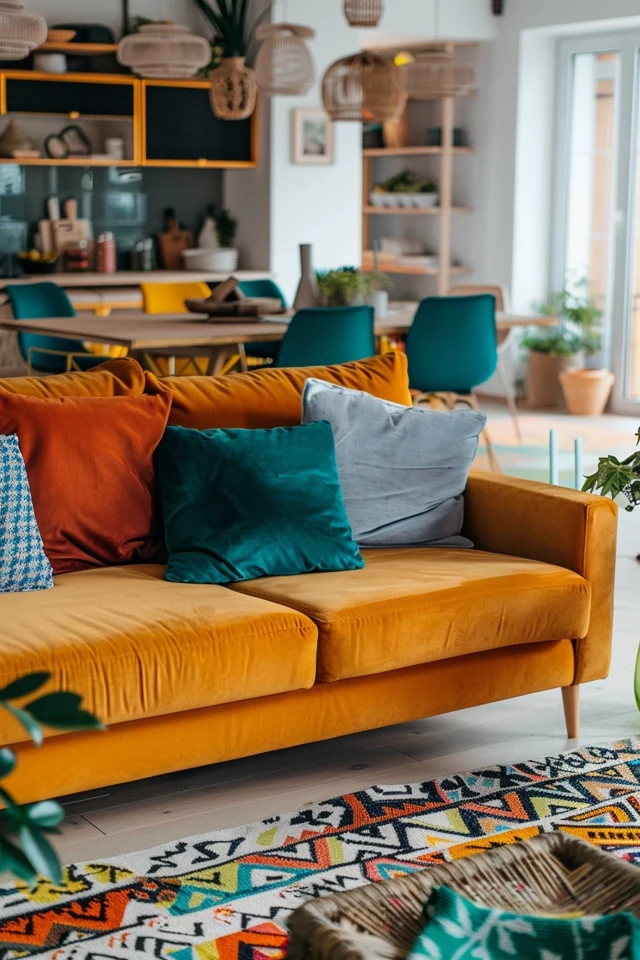
5. Balance Proportions and Scale
Balancing proportions and scale is essential when mixing and matching decor styles. Ensuring that furniture and decor items are appropriately sized for the space can create a harmonious and well-proportioned environment. This balance helps to prevent the room from feeling cluttered or mismatched.
Evidence-based design emphasizes the importance of proportion and scale in creating functional and aesthetically pleasing spaces. When selecting furniture, consider the size of the room and the other elements within it. For example, a large sectional sofa may overwhelm a small living room, while a petite accent chair may get lost in a spacious area.
Mixing styles can sometimes lead to variations in scale, so be mindful of how different pieces interact with each other. Group furniture and decor items in a way that creates balance and visual harmony. Use rugs, artwork, and lighting to anchor different areas and create a cohesive look.
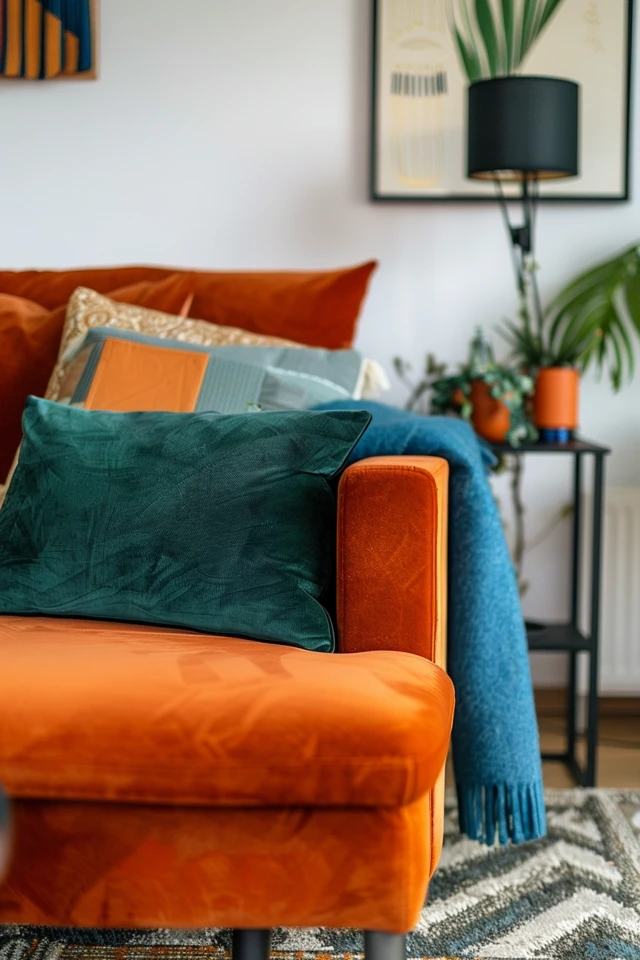
Conclusion
Mixing and matching home decor styles can be a rewarding and creative process that allows you to express your personality and design preferences. By starting with a neutral base, choosing a dominant style, using color and pattern to tie different styles together, mixing different materials and textures, and balancing proportions and scale, you can create a beautifully cohesive and stylish home.
As an architect and interior designer with expertise in evidence-based design, I encourage you to embrace these strategies and make informed choices that reflect your unique style. A well-designed space that blends various decor styles can enhance your living environment, boost your mood, and create a home that feels truly yours.
Remember, the key to successfully mixing and matching styles is to find a balance between contrast and cohesion. By following these tips, you can achieve a professional-looking mix of styles that transforms your home into a stylish and personalized haven. Happy decorating!
Inspirational Pictures
